ZERA’IM: JEWISH COMMUNITY GARDENING RESOURCE MANUAL


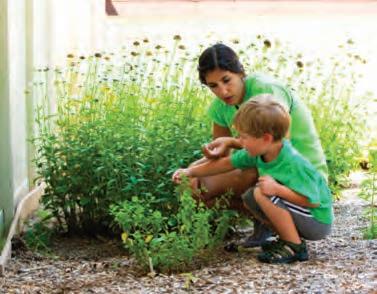
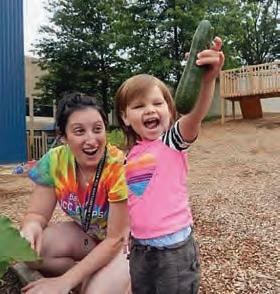
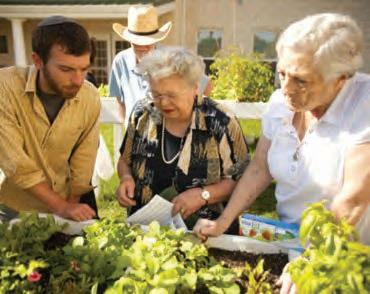
Retreat • Farm • Learn • Celebrate!
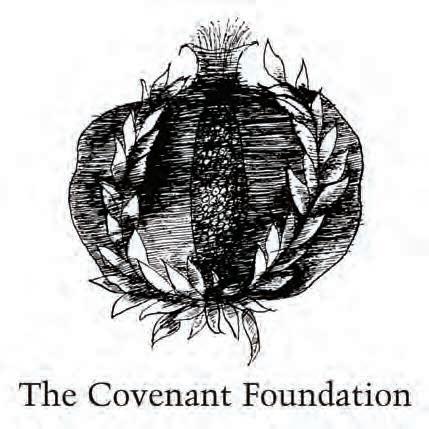

Possible By
Made
We dedicate this manual to Jonah Adels, 1984-2013
An inspirational fellow traveler on planet Earth, beautiful person, amazing Jewish garden educator, staff and community member at Eden Village Camp.
We miss you brother and carry on your work together.
CONTENTS
WELCOME TO THE GARDEN ACKNOWLEDGMENTS
OUR INV TATION FOR HOW TO USE THIS MANUAL GARDEN BLESSING
PART I: INTRO TO JEWISH COMMUNITY GARDENING
What is Jewish Community Gardening?

PART II: ENVISIONING YOUR GARDEN
Setting Goals and Planning
Themes for Jewish gardening
Fundraising and Budgeting
PART III: PRE-GARDEN PREPARATION
Soil Health and Preparation
Compost
Seeds
Plants
Tools for you Garden
PART IV: GARDEN SET-UP & MAINTENANCE
What type of Garden?
Garden Beds
Watering and Irrigation
Harvest Schedule
Trellising
Pest and Weed Control
What to do with food from the garden?
PART V: GARDEN SPOTLIGHTS
Early Childhood Gardens
Learning Ladder
Beth El
Owings Mills JCC
Synagogue Gardens
Netivot Shalom
Harford Jewish Center
Senior Centers
Weinberg Village
Hillels
Johns Hopkins Hillel
Special Needs
Needs to Grow
ADDITIONAL RESOURCES
Shalom Aleichem

With great thanks to the Covenant Foundation, we offer this resource in Jewish community gardening based on three years of Pearlstone’s experiences creating and collaborating with eight unique gardens throughout the Baltimore Jewish Community. A two-year Signature Covenant Grant enabled us to create the Jewish Community Gardening Collective (JCGC), an innovative and dynamic network establishing grassroots Jewish community gardens and making the most out of them with experiential education.
Thank You To Our Local Baltimore Jewish Partners!
Beth-El Congregation; Harford Jewish Center; Johns Hopkins University Hillel; Learning Ladder at Oheb Shalom Congregation; Needs to Grow; Netivot Shalom Congregation; Owings Mills JCC Early Childhood Center; Weinberg Village.

Thanks to all the garden captains, volunteers, teachers, gardeners, administrators, and most of all participants—you bring these gardens to life! And you bring Judaism to life with hard work and dirty fingernails, outreach and engagement, excitement and celebration. May your gardens flourish for years to come.

Infinite thanks to the talented staff of the Pearlstone Center: Morris Panitz, primary author, Jewish Community Gardener, Program Director; Levi Gershkowitz, editor and designer, Director of Media and Marketing, manifesting vision; Elisheva Stark, Jewish Community Gardener, educator, researcher, and manual contributor.
May these seeds spread far and wide—cultivating crops and community, together.
B’shalom,
Jakir Manela Executive Director
410-429-4400
WELCOME TO THE GARDEN!
2 _ e Be in touch! garden@pearlstonecenter.org
OUR INVITATION
FOR HOW TO USE THIS MANUAL
This manual seeks to consolidate necessary resources and original insights that will benefit your institution’s process of starting its own Jewish community garden. Each section of the manual presents different facets of the process, following a basic layout made up of the following components:
● Insights: Pearlstone’s original orientation to the topic with tips and best practices offered. All insights are composed of original writing.
● Two types of resources are present in this manual: 1 Useful information for creating and maintaining a Jewish community garden—many of these resources include excerpts from and links to other websites and are marked, “see here.” 2 Original resources developed by Pearlstone or JCGC gardens. These may include lesson plans, fliers, or curricula and are marked as “Resource #1”
● SPOTLIGHTS Examples from JCGC gardens that pertain to the topic or section
The Goals Of This Manual Are Twofold
1 To document the successes, challenges, stories, and lessons learned from Pearlstone’s JCGC, highlighting the extraordinary efforts and contributions of innumerable individuals in the Collective. As such, we’ve included many lesson plans, pictures, resources, reflections, and materials developed by Pearlstone staff and JCGC participants. Use them, improve them, and add to this growing field!
2 To provide a useful and comprehensive manual for Jewish institutions interested in improving or starting a Jewish community garden. As such, many of the sections in this manual deal with the technical aspects of starting and maintaining a garden. There are countless resources available on this topic on the internet and books, which we’ve attempted to provide a sampling of in this manual. Similarly, many Jewish, environmental resources that are of great benefit to community gardens already exist and are included in this manual. Please explore the links and resources we’ve compiled here for more information on each section.
All red text, underlined or other are live hyperlinks.
3
Here is a blessing for your garden and community as you begin the fulfilling endeavor of starting a Jewish community garden.
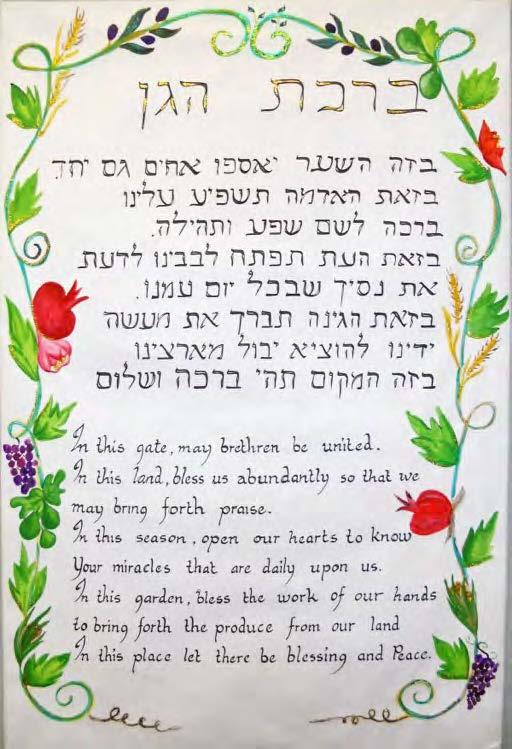
63
Credit to Rabbi Michael Panitz, Morris Panitz and Teri Jedeikin.
MEET THE
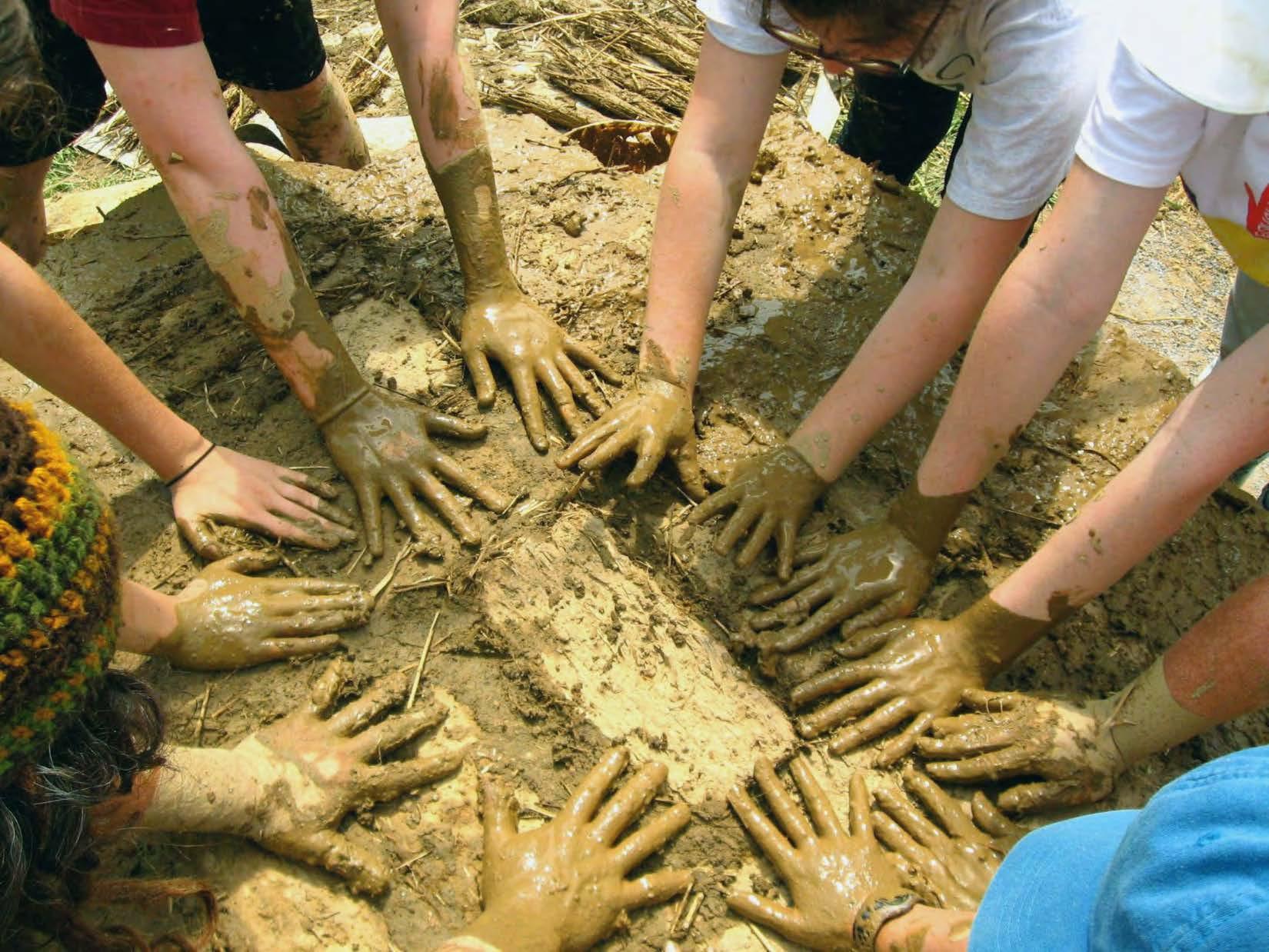
Morris Panitz (Main Author), Program Director at Pearlstone Center, grew up in Norfolk, Virginia and attended the University of Maryland, College Park where he earned a double degree in Philosophy and Jewish studies. He participated in the Adamah Fellowship at the Isabella Freedman Retreat Center, and served as a farm apprentice at Ocean Air farms before joining the team at Pearlstone Center.
Morris, an emerging leader in the field of Jewish environmental education, manages the Jewish Community Gardening Collective, helping local Jewish institutions create educational gardens. As Program Director at Pearlstone Center, he oversees a wide array of innovative educational programs, including farm-based field trips, conferences and retreats, immersive programs, and service learning. He enjoys playing the piano, a good game of chess, and the wonderful company of friends and family.

Levi Gershkowitz (Editor and Graphic Design), Director or Marketing at Pearlstone Center, is a visual ethnographer, specializing in digital photography, marketing and design, with experience conducting research for US-based corporations and non-governmental organizations. Levi has been a part of projects for Amicus Therapeutics, Inc., Cohen Center for Holocaust and Genocide Studies, Keene State College, Sviva Israel, State Farm, Friends of Nepal-New Jersey, In-Sight Photography, and Hebrew College.
In addition to widespread research and photography, he has also worked internationally as an informal educator, centered on promoting multicultural dialogue and service-learning initiatives. He holds a Bachelor of Arts in Holocaust and Genocide Studies from Keene State College, where he focused on the structural violence waged against indigenous populations and the role of social amnesia in the memory of the Holocaust.
Elisheva Stark (Contributing Author), Community Garden Coordinator at Pearlstone Center, attended from Binghamton University and graduated with a degree in Environmental Studies. Her passion for environmental education came to life as a teacher’s assistant at the JCC of Rhode Island’s Early Childhood Center, leading her on to work as an outdoor environmental educator at the TEVA Learning Alliance.
From there, Elisheva participated in the Integrated Sustainability Apprenticeship at Pearlstone Center, then transitioned into her current role and involvement with the JCGC. Elisheva now shares her love of gardening with the greater-Baltimore Jewish community, helping others to form a meaningful personal connection to the natural world through gardening and Jewish learning.
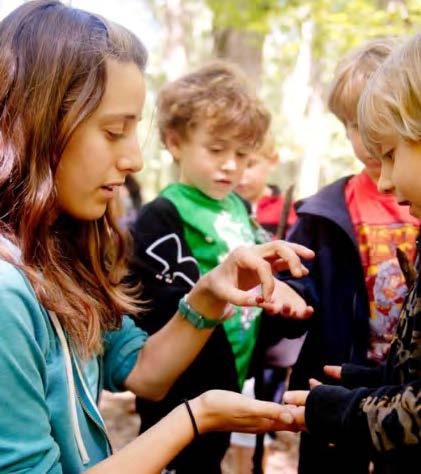

63
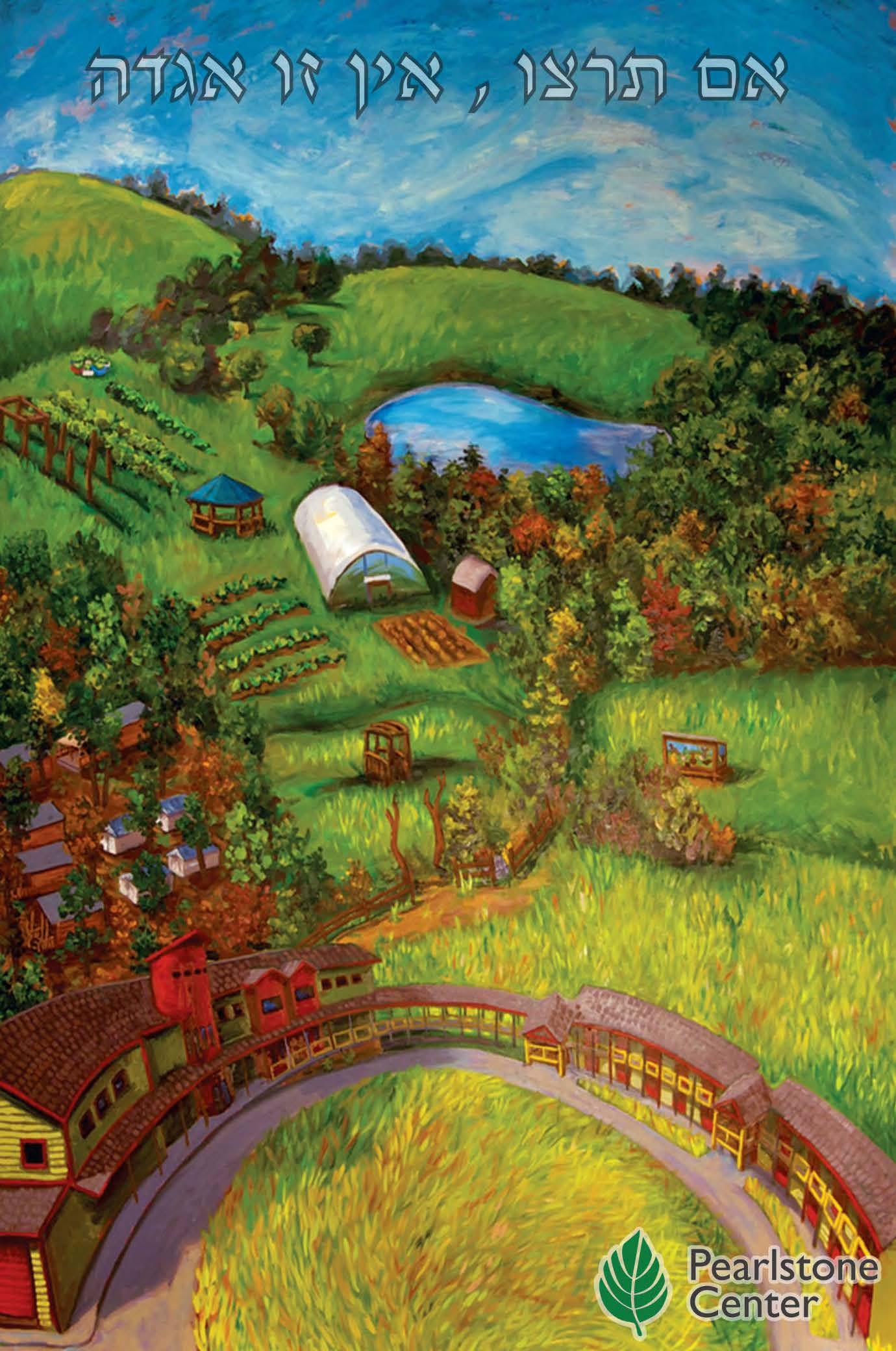
Gardening, or lovingly tending to plants, is a universal act. Gardening teaches humility, gratitude, responsibility, and hard work. Gardening instills in us a sense of interconnectedness with the world and the call to be responsible stewards of this planet. Gardening reminds us to pay attention to the seasons, to relish the dirt underneath our fingernails, and appreciate timely rain. Gardening offers us moments of deep introspection and quiet satisfaction And, gardening brings friends and strangers together over shared purpose and sweat.
Gardening is also a distinctly Jewish act. The echoes of God’s command to Adam (Gen. 2:15) “l’shomrah u’lovdah” (to guard/till and work/tend) resound through the generations as a call to remember that adam is inextricably linked to adamah . As Jews, we strive to cultivate an awareness and ultimately a practice that recognizes that “the land is God’s; [we are but] strangers and sojourners with God”
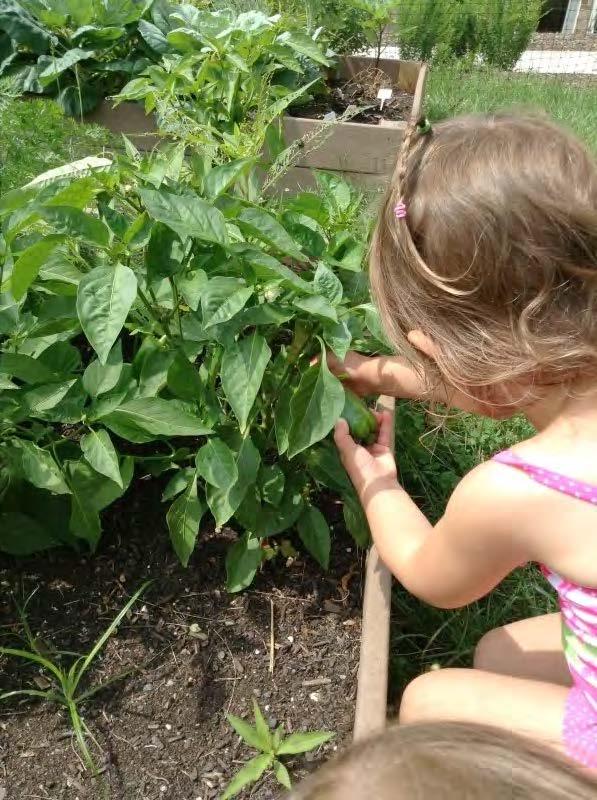
(Leviticus 25:23). Through gardening, we learn to care for God’s planet, to recognize that Creation is a gift to be blessed and shared. Our tradition provides ritual, blessings, liturgy, holidays, and mitzvoth that connect us with the sacred rhythms of Creation and its Author.
Jewish community gardening is the marriage of the universal and unique aspects of tending a piece of land. A garden is a gatheringplace, a home for community-building, and an expression of our deepest values. A Jewish community garden is a hands-on classroom to teach about Judaism’s relationship to Creation. The education may consist of lessons on tzedakah , brachot , t’filah , bal tashchit , or the agricultural roots of the Hebrew calendar. A Jewish community garden is a laboratory, an experimental, experiential testing ground for Jewish engagement, identity building, and relation-
ship forming. Reach out to your neighbor, your students, your family, and dig deeply, for surely you will uncover hidden treasures.
3
PEARLSTONE’S JEWISH COMMUNITY GARDENING COLLECTIVE (JCGC)
The Covenant Foundation’s Signature Grant
In December 2010, Pearlstone received a 2-year Signature Grant from the Covenant Foundation to create a Jewish Community Gardening Collective (JCGC) in Baltimore, Maryland. “The Covenant Foundation recognizes the diversity of strengths within the field of Jewish education in North America, across all denominations and settings. By honoring outstanding Jewish educators and supporting creative approaches to programming, the Foundation works to strengthen educational endeavors that perpetuate the identity, continuity and heritage of the Jewish people.”
In applying for the grant, Jakir Manela, executive director of Pearlstone, recognized that there was growing interest amongst local Jewish educational institutions in Jewish environmentalism. While many of these institutions visited Pearlstone’s educational farm annually for a field trip, these one-off experiences were only part of the puzzle. Helping Jewish schools, synagogues, early childhood centers, Hillels, and senior centers create Jewish community gardens on their properties would allow for year-round engagement with Jewish, environmental values. Participants would experience the full cycles of gardening, and develop a meaningful and fulfilling relationship with their communities and land.
*A note about the term “Jewish community gardening” in the context of the Signature Grant. The JCGC consists of Jewish institutions rather than neighborhoods or collections of individuals gardening in a set location. The institutions opened the gardens to their
members. Throughout the manual, the term “Jewish community gardening” primarily refers to Jewish institutional gardens whose goals include community-building and Jewish education.
For more information on the Covenant Foundation, see http://www.covenantfn.org/#
The Project Abstract
Imagine driving through a major Baltimore Jewish neighborhood: today, you would see big synagogues and Jewish institutions with grassy front lawns. What if we empowered local educators and leaders to redefine that neighborhood? What if three years from now that drive became a joyous path through vibrant Jewish community gardens, where children and adults of all ages work together, renewing their commitment to Torah, earth, and each other through the simple act of planting? How might those institutions change as a result? How might all of Jewish Baltimore change?
Pearlstone’s Jewish Community Gardening Collective is a local grassroots groundswell of Jewish environmentalism, empowering local Baltimore Jewish institutions with the knowledge and skills they need in order to deeply impact their institutions. This cohort of institutional gardens is diverse, representing a variety of ages, Jewish backgrounds, and levels of environmental knowledge. They all build community through gardening and Jewish education.
4
Getting Started
Community gardens are typically most successful when they emerge from grassroots efforts and community/institutional support.Prior to the Covenant grant, many of the gardens in the JCGC had asked Pearlstone for support in building a Jewish, educational garden at their institution. The Signature Grant gave Pearlstone the capacity and funding to support these institutions, which were thrilled to learn of the funding. While Pearlstone pitched the idea to several institutions, in order to partner on the project, these institutions had to demonstrate sufficient commitment and interest in the project. We knew, from an early stage, that the institution had to be the primary driver of the project, and Pearlstone’s role was to support these efforts with staff time, resources, trainings, and networking opportunities. As such, institutions had to identify 3 garden captains and agree to the terms listed in the JCGC application booklet.
Whoareyou?...
The more we know about your institution, the better we can empower you to create your ideal Jewish community garden.
Name of Institution: _________________________________________
Name of Applicant: _________________________________________
Role in Institution: __________________________________________
Phone ______________________ Email _________________________
How would a Jewish Community Garden enhance your Jewish institution? ________________________________________________
Imagine...
Your landscape transformed into a beautiful abundant garden, providing impactful education that brings together your community.

What are your goals for the Jewish Community Garden? ____________
Garden Captains:
Please list three Garden Captains for your institution. Ideally, one captain should be a Jewish educator, one a community gardener (volunteer), and one an institutional leader (board member, etc). Garden captains will work with Kayam’s Jewish Community Gardener to create, maintain, and lead your community garden. Two captains from each institution must attend each training; they will also be responsible for taking pictures and documenting garden highlights throughout the year.
Name Phone Email Role in Institution
Build... Empower...
Your own Jewish Community Garden, with members of your community, teaching the powerful integration of Judaism & sustainability
Educators, volunteers, and leaders from your community with the knowledge, skills, and experience they need to create a Jewish community garden that meets your vision, goals, and objectives.
KayamFarm’sJewishCommunityGardenCollective
5
garden@pearlstonecenter.org For questions call Morris at: 757-617-7656
Return to: Morris Panitz, Kayam Farm at Pearlstone 5425 Mt Gilead Rd. Reisterstown, MD 21136 or
Cut o this side and return to Kayam Farm
Garden Captains
Garden captains are the core leadership team of each community garden. Garden captains should identify other garden leaders and potentially create a garden committee at the institution. Delegating garden responsibilities, both in the planning and upkeep stages, is vital for the success and sustainability of the garden. Ideally, one captain should be a Jewish educator, one a community gardener (volunteer), and one an institutional leader (board member, etc). In applying for the JCGC, garden captains also agree to work with Pearlstone’s Jewish Community Gardener to create, maintain, and lead their community garden. Two captains from each institution must attend each seasonal training; they are also responsible for taking pictures and documenting garden highlights throughout the year.
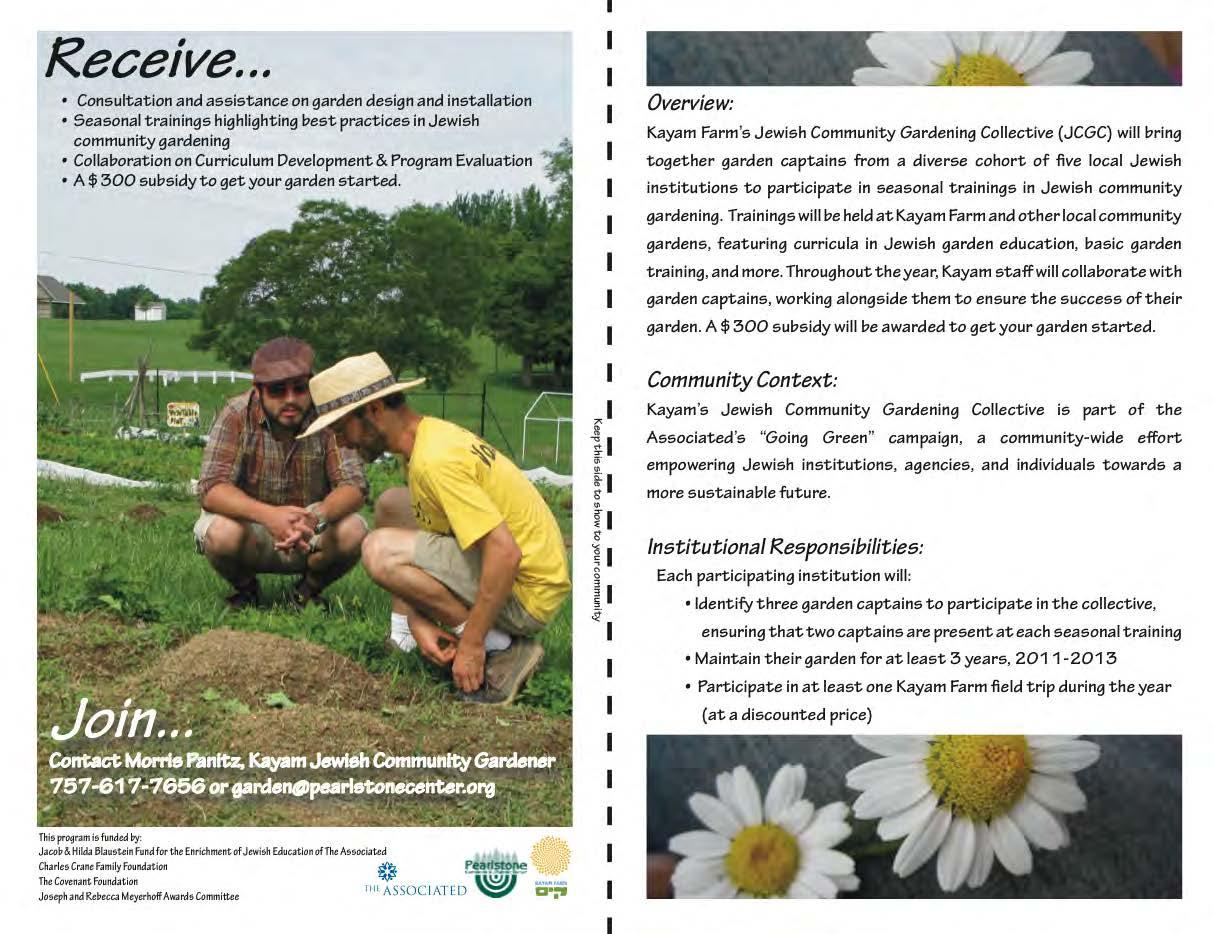
Activities and Outputs
By the end of 2012, the Jewish Community Gardening Collective (JCGC), comprised of the 2011 cohort of 5 institutions (Congregation Beth-El, Owings Mills JCC Early Childhood Center, Weinberg Village, Johns Hopkins Hillel, and Netivot Shalom) and the 2012 cohort of 4 institutions (Bolton St. Synagogue, Harford Jewish Center, Learning Ladder, and Needs to Grow) helped create 9 community gardens in Jewish Baltimore.
So far we have started nine Jewish community
gardens, empowered 31 garden captains, connected with 15 organizational leaders, and impacted 51 non-student participants. Our gardens gain exposure to 300 JCC preschool students, over 150 Beth-El preschoolers, 85 Learning Ladder preschoolers, 50 Weinberg seniors, 30 Hopkins college students, 10 Bolton St. postconfirmation students, 100 Harford Jewish Center (HJC) religious school students, 35 Needs to Grow students, and 60 Netivot Shalom
6
members. Our total number is 1,057 people, including 140 Jewish educators.
An important outgrowth of the JCGC was Pearlstone’s development of Jewish community gardening materials, many of which are presented in this manual. Pearlstone offers consultations, teacher trainings, and professional development for aspiring Jewish community gardens. In addition, Pearlstone hosts and facilitates a multi-day conference in Jewish, environmental education for day school, supplementary school, and early childhood educators. Visit http://pearlstonecenter.org/signature-programs/nevatim-sprouts-con ference/ for more information.

Check out this video about the JCGC created mid-way through the project, see here.
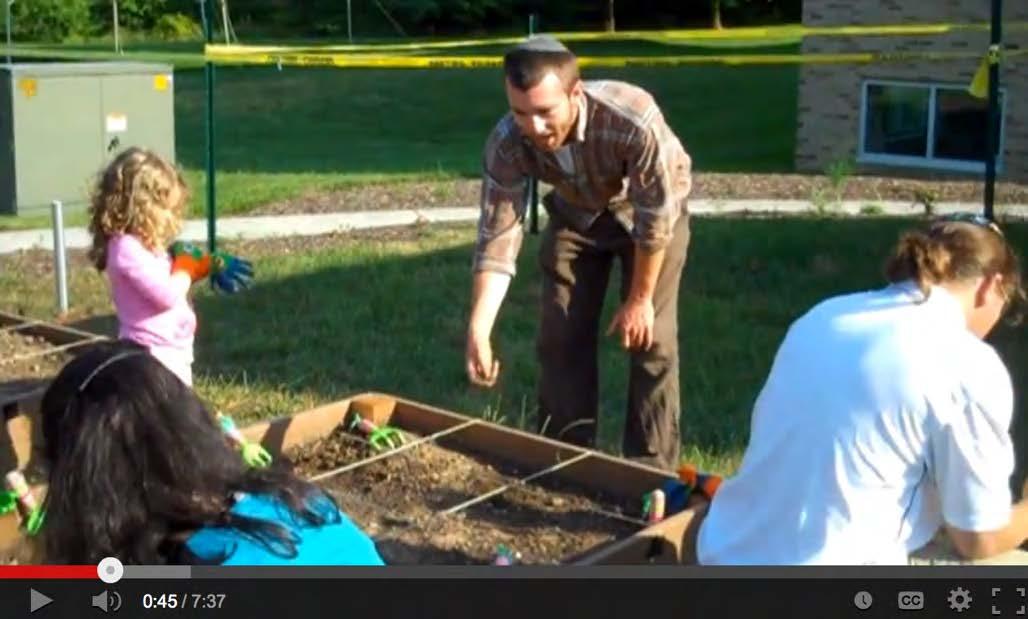
7 Type to enter text

Not everyone needs to be a master gardener. Educators, lay leaders, volunteer coordinators, clergy, maintenance, parents, student representatives, and grant writers are all helpful members of the team. While you might be the leader pulling everything together, you need a team to support the work, engage others, and ensure the sustainability of your community garden.
Goals Articulation
Adapted from Dynamics Ecological Design
By Dave Jacke
Articulating your goals is an essential and challenging task. It’s important to be clear about your intentions and goals so that your project can stay focused and work in ways that inspire and renew you while providing you with ways of measuring success.
PART I
Kavanah / Each of us is drawn to educational gardening for different reasons. We have varying goals and visions for our gardens. Take the time to establish your own kavanah or intention for your current or future project. Why do you want to be gardening or farming with children and participants?
The following worksheet is a great tool for your first core group meeting. Spend ample time discussing the goals, values, and intentions of your garden.
Once you’re all on the same page, identify roles and responsibilities as well as a timeline for getting the process rolling.
If you want to print the following resource separately and write in your answers, see resource #1.
Qualities / Imagine someone who has never been to your place before arrives, and spends about 20 minutes wandering around your landscape when you have it well under way, speaking to you about topics other than your landscape. As they leave the your place, I stop them and ask them for five words that express the qualities of the landscape they just wandered through and unconsciously imbibed. What words would you want them to say? What qualities do you want you landscape to express?
9
Experience / Imagine a group of students or campers just left your landscape. You just completed some activity or project with them. What do you want them to leave thinking and talking about? What type of mood do you want to encourage? What types of activities or programs do you envision occurring in your landscape?
Part II
Goals / What do you want your landscape to do for you? What do you hope to achieve? Is there a specific look or feel or image you want to express or embody? Are there particular lessons or values you are trying to teach through your landscape?
Production / What are you interested in growing on your site? Food, flowers, herbs? If so, how much? How will your harvest be used?
Likes and Dislikes / What qualities, features, things or patterns of your landscape do you particularly like already? What do you dislike? What elements would you want to keep? What elements do you want to change or get rid of?
Things / What objects do you want in your landscape? These can be living or non-living. You can list particular plants you want here, too.
Problems / What problems do you have with your landscape? Are there drainage problems, access problems, aesthetic problems, insect problems, etc.?
10
Programmatic, Personnel and Resources Assessment
Answer the following questions in the space provided
• Landscape Use: Who will be utilizing the site? Students, teachers, visitors? How many? Various groups or one, set group?
Source Credit
• Management: Who will be the main caretaker of the land? You, other teachers, local volunteers? Remember, students need supervision, the garden needs watering, and activities need preparation.
Jewish Farm School Goals Articulation and Resource Assessment, August 2009. By Dave Jacke.
www.jewishfarmschool.org

• Skills: List any skills you (or others that will be involved) have or would like to acquire? Are there skills you are lacking or find unappealing? Do you know of others in your community that you could learn from or involve?
• Time: How many hours a week will be spent on the landscape? Will the garden be used yearround or how long is your season?
• F unding : Do you have a budget or funding source?
• Tools and Supplies: Do you have any tools? Other equipment? Do you or someone involved in the project have access to tools and specialty equipment? What books or educational resources do you have? What else will you need?
Additional Source
• Vehicles: What type of vehicles do you have access to?
• Space: Do you already have a space available? Will you be cultivating the earth, building raised beds or planting in containers?
• Problems : What obstacles might you face in building a successful program? How might you overcome these obstacles?
The American Community Gardening Association has many more suggestions on the first steps are for creating a community garden, including how to form a planning committee. To learn more, visit: http://www.communitygarden.org/learn/starting-a-communit y-garden.php#form
11
SPOTLIGHTS
Weinberg Village
During an interview with Gayle Newman, activities manager of Weinberg Village, she explains that they had a very clear goal for the garden and how it feels knowing that they reached that goal.
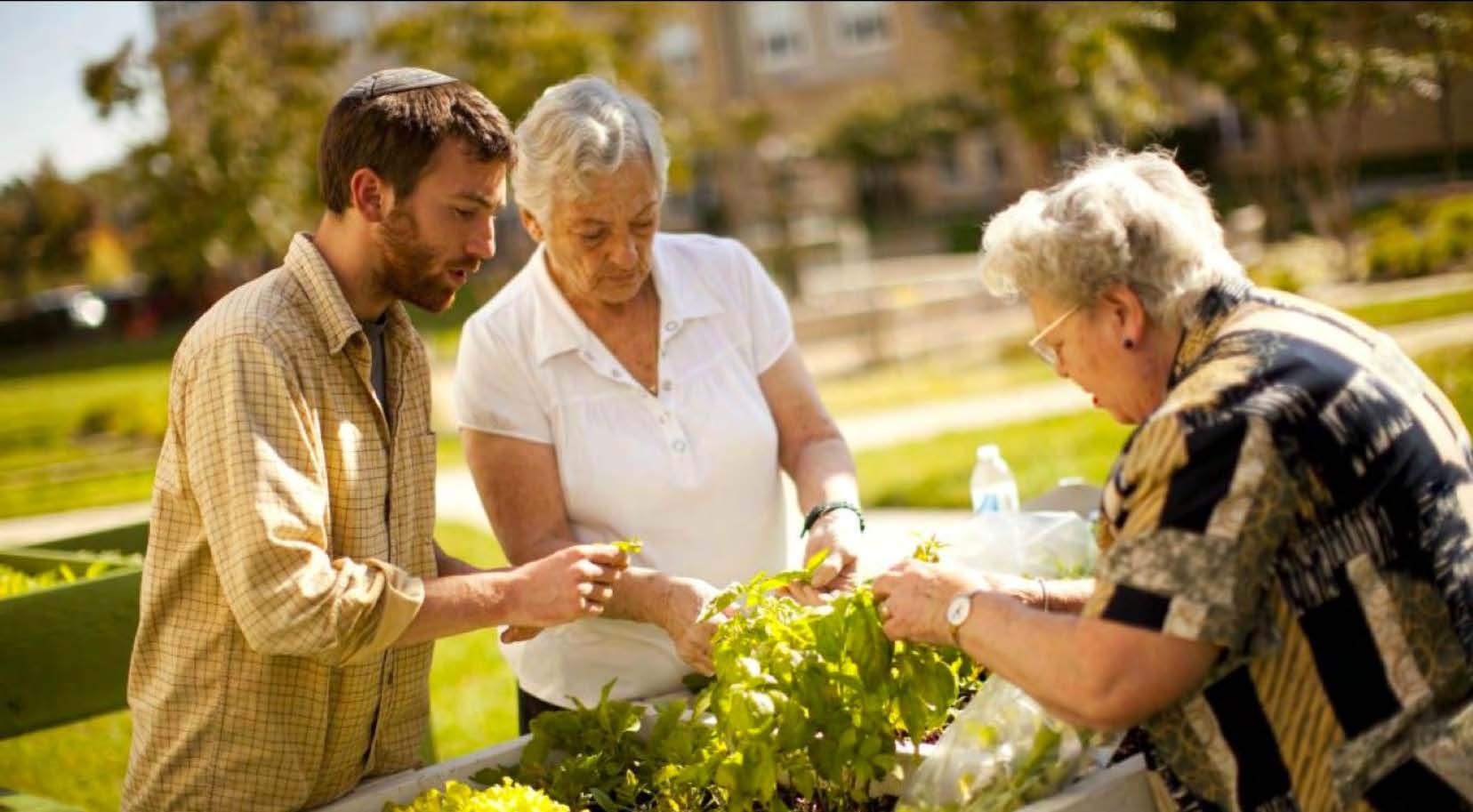
Q: What was your institution’s motivating goals for starting a garden?
A: My goal for the garden was to unify the residents and buildings so everyone would be involved and be able to garden. Each building
thought of themselves as their own entity, and I wanted to create a village. That was my reason for wanting to get that started.
Q: Did you meet these goals?
A: Absolutely. I have residents from all 5 buildings planting in the garden and have residents who are not gardeners who come out to interact with the gardeners. There are even people who watch from the windows. More importantly, I have residents helping residents. Instead of living in their own little apartment in their own little worlds they were starting to come out of their apartments and bond.
12
Above Morris Panitz, Program Director at Pearlstone Center, helps two women harvesting basil at the Weinberg Village community Garden.
Photo credit: The Covenant Foundation
OWINGS MILLS JCC Early Childhood Education
Ellen Olsen, Associate Director of the Owings Mills JCC early childhood center, explains how it took them a while to plan exactly what they were going to do in the garden, but they had one main Kavanah and that’s what got them started:
“We had a vision but it didn’t look like anything [we had at the time]. We took almost one year to start to figure out who, what, where, when, and how. We just knew that we wanted a garden for the children to experience.”
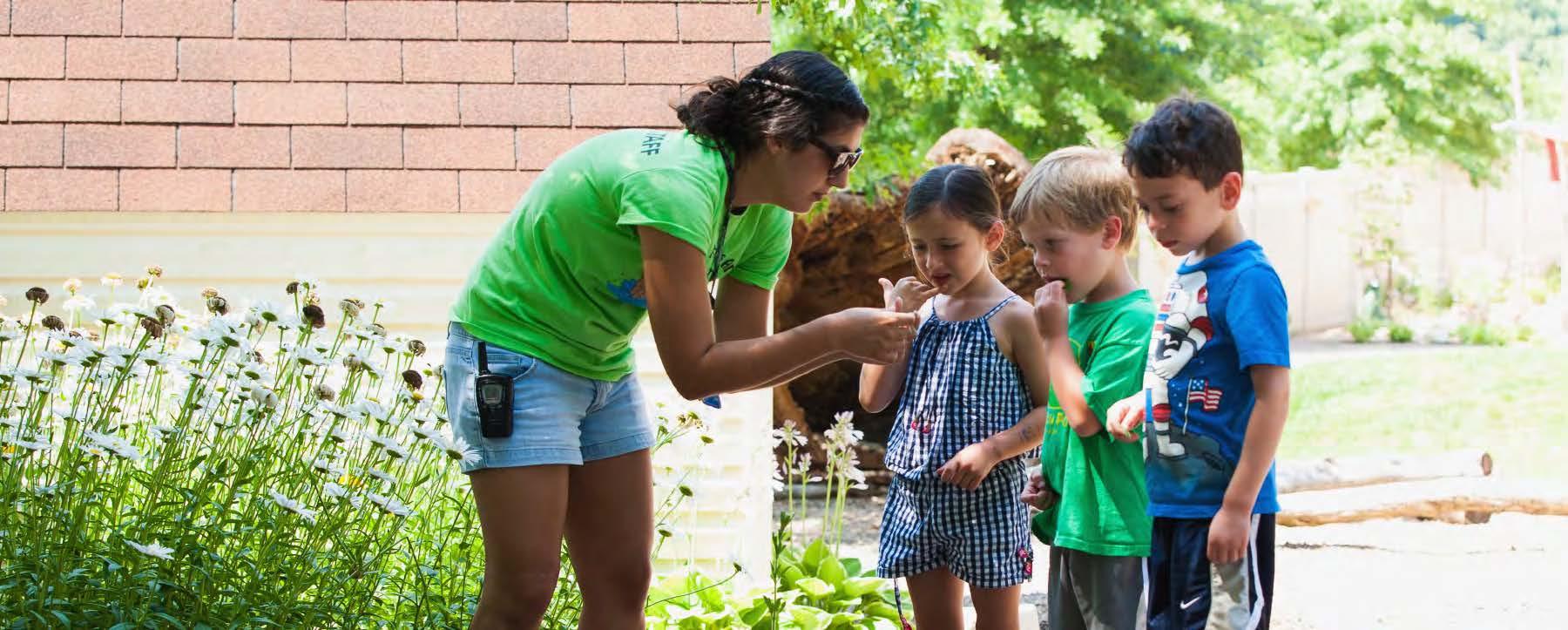
13
THEMES FOR JEWISH GARDENING
Insights: Orienting your community garden around a theme is a great way to provide both structure ( keva) and intention (kavanah) for your garden. Decisions around the types of plants to choose, the physical design and layout of the garden, and the educational opportunities of the garden can all fall into place once you’ve decided on a theme. Keep in mind that you don’t need to pick only one theme, and often times, the goals of your Jewish, community garden can be accomplished through any theme. For example, many developing gardens say that they want the garden participants to connect with cycles in nature, develop an appreciation for how food grows, develop fine motor skills, or learn to take responsibility over the wellbeing of the garden. These universal values certainly can be expressed through Jewish vocabulary, and they are fundamentally connected to the sacred act of gardening, no matter what theme you choose for your garden.
Here are a number of garden themes developed by JCGC gardens and Pearlstone to explore.
RESOURCE > For more information about the Torah’s agricultural tzedakah laws and a sample lesson plan to bring these laws to life see resource #8
Tzedek Garden
The Torah teaches us how to be Jewish farmers. Through mitzvot, such as ma’aser (tithing) , leket (gleaning dropped crops) , pe’ah (gleaning the corners) , shichecha (gleaning forgotten crops) , and shmita (the sabbatical year), there is extensive commentary on how to grow food “Jewishly.” Growing food for the needy, partnering with a local food bank, or setting up gleaning days could be the driving impulse of your garden.
Hebrew Calendar Garden
Explore the sacred, sustainable rhythms of the Jewish calendar through a garden design that spatially represents the 12 months of the Jewish calendar. A Jewish calendar theme helps students connect to the natural cycles and agricultural roots found in our tradition. For a full curriculum connected to Pearlstone’s Hebrew calendar garden, see resource #9.
Brachot / Sensory Garden
Organize the different plots in your garden by the many blessings gardening affords us to say. The five-senses correspond nicely (although not perfectly) with traditional Jewish blessings. While tasting is the most obvious, we can recite the borei minei b’samim blessing over fragrant herbs (smell), and oseh ma’aseh breishit/ sh’kacha lo ba’olamo over beautiful plants or trees in the garden (sight). Choose plants your participants have never seen or tasted to recite the she’hechiyanu blessing, and take notice of strange looking creatures in the garden for the opportunity to say m’shaneh ha’briyot. Select plants to represent each color of the rainbow to teach about diversity and learn the blessing for seeing a rainbow, zocher ha’brit. Make up blessings, cultivate gratitude, and recondition to see this world through eyes of wonder.
14
Matriarch’s Orchard
Create a sacred space for women at your community garden by planting an orchard in honor of women past and present. Pearlstone’s Matriarch’s Orchard connects the attributes and middot of our foremothers to specific plantings and rituals that make this space an ideal Rosh Chodesh gathering location. See resource #10 for a Matriarch’s Orchard curriculum.
Jewish Holiday Garden
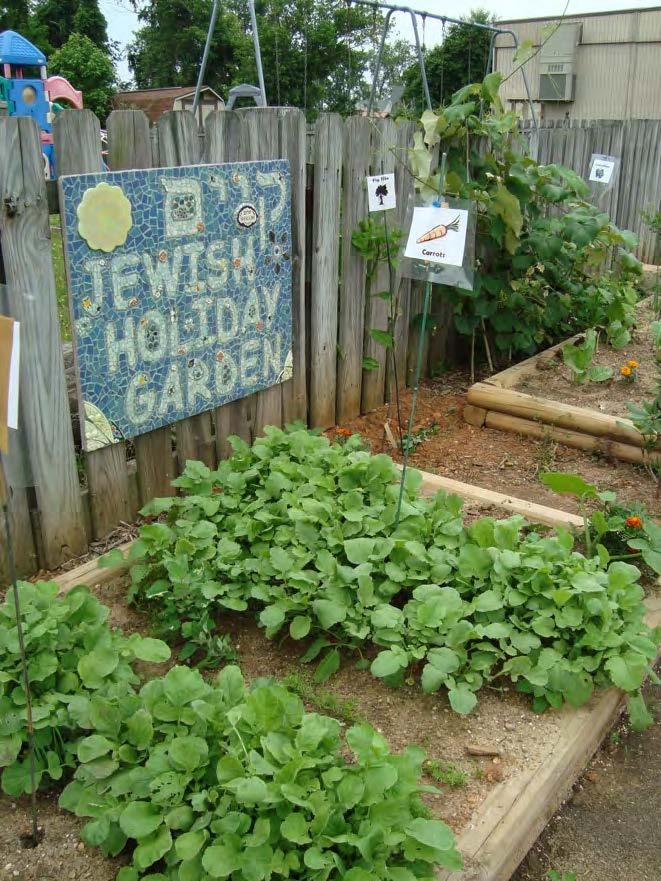
Israel / 7 species Garden
Depending on your climate, you might be able to grow all or some of Israel’s 7 species (wheat, barley, figs, dates, grapes, pomegranates, olives). Teach about Israel by incorporating drip irrigation into your garden and other water-conservation techniques. Tanakh is filled with plant and wildlife references that could find a home in your garden. For more information, see here.
Similar to the Hebrew Calendar garden, Harford Jewish Center decided to orient their garden around growing plants that connect with specific holidays in the Jewish calendar. Herbs were planted for the spice box used during havdalah, horseradish and parsley for Passover, blueberries for hamantashen for Purim, flowers for the bimah on Shavuot, and gourds for Sukkot. Depending on your climate, you could also sync with Israel’s traditional agricultural calendar, harvesting barley on Passover, wheat and bikkurim on Shavuot, and tree fruits on Sukkot.
Kiddush Garden
Netivot Shalom named their garden “The Kiddush Garden” which is a double entendre. “Kiddush” is the colloquial term used to refer to the reception that is held each week after services. On Thursday, Netivot gardeners harvest vegetables from the garden and prepare them for Shabbat Kiddush, where the congregants enjoy the fresh bounty. In addition, “Kiddush” is the Hebrew word for holiness, which is precisely how the Netivot Shalom gardeners understand their garden, as a place to connect with God, each other, and participate in the holy work of growing food.
15
The use of raised beds, known as salad tables, makes for easier access.
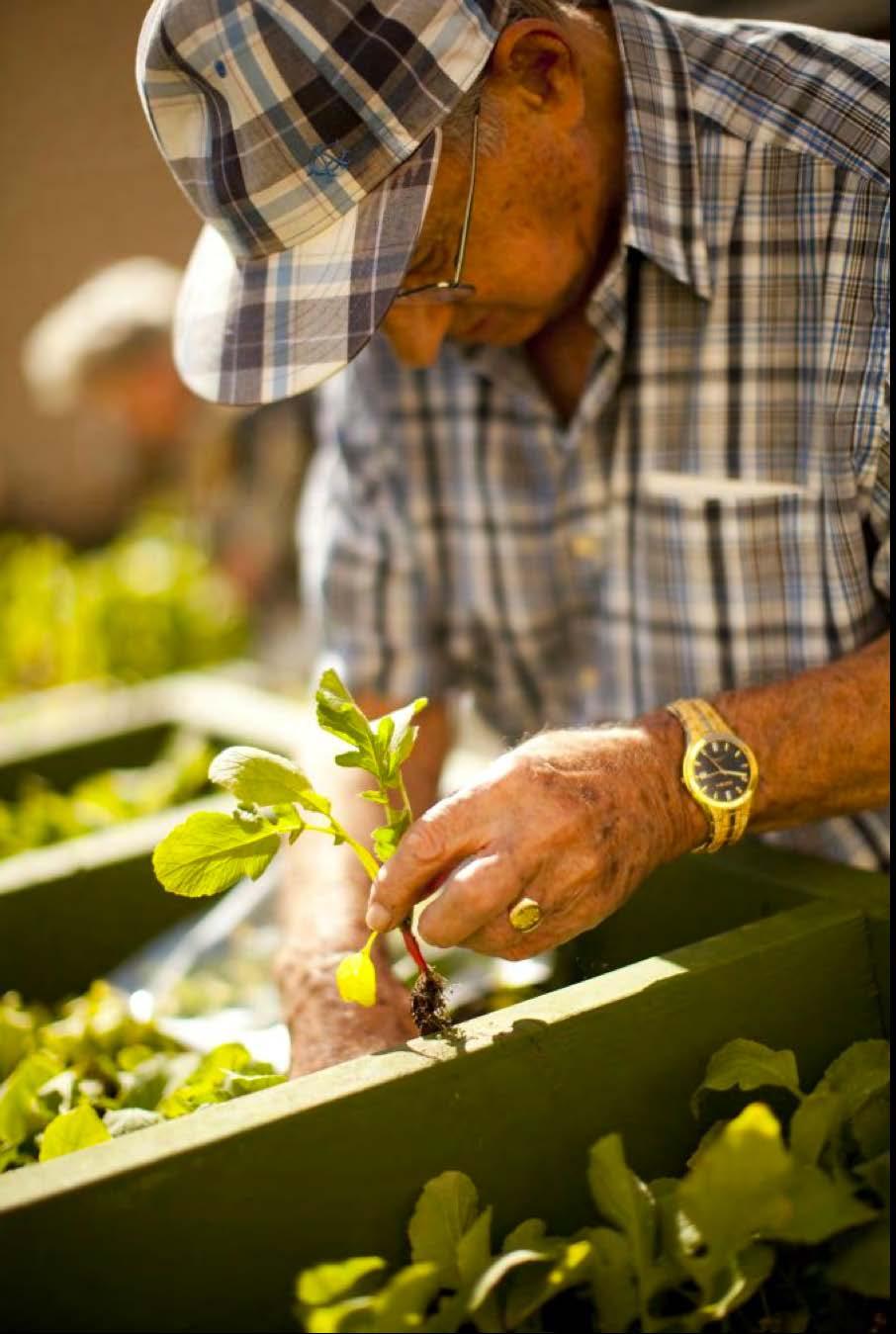
FUNDRAISING AND BUDGETING
Insights: Determining the budget of a garden is a unique exercise for each community, and as such, it’s difficult to answer the oftposed question, “How much will my community garden cost?”
Here are some guiding questions and tips that we’ve learned working with the JCGC that will help you narrow in on the answer to this vital question.
What is the intended size/scale of your garden? We encourage new gardens to start small and grow in stages, based on the interest and preferences of your community. Starting small will reduce the initial cost of the garden, making it easier for the project to get off the ground.
What hard materials do we need for our garden (soil, garden boxes, irrigation, fencing)? What must we purchase? What could be donated? What could we make from recycled materials?
What resources are available in your community? Before buying anything new, find out who in your community is willing to pitch in on the project. Is there a nursery owner or carpenter in your community who’d be willing to donate materials?
Once you have developed an understanding of what your needs will be, start to explore outside funding opportunities. Community and educational gardening is growing in popularity and public support. Corporations and non-profits are often eager to support gardening projects in their community. This section offers a look at other helpful resources about fundraising and budgeting for your garden project.
Photo credit: The Covenant Foundation
16
Here is a list of popular and effective ways of fundraising for your garden. Each item of this list also includes a link to sites where you can find more helpful and step-by-step information on getting your fundraiser off the ground. For a more detailed account, see here.
Applying for Grants - Look for private, corporate and community funding foundations offering start up or “seed” money (no pun intended) for small community projects.
Bake Sales - Also includes: car washes, yard sales, bottle drives, plant sales, etc.
Fund Raising Program - Usually comes as a package from a company and often requires an initial cash outlay. These include: flower bulb sales, t-shirt sales, self-marketing items, and the like. If there is a pre-order option you can save a large initial outlay and reduce the risk of losing money there.
Direct Donations and Gifts -These can come from individuals, businesses, governments, other non-profits and corporations. These often come from those with a personal connection to the cause or community.
Event Fund Raising - This involves more work and often cash outlays. Carnivals, parties, dinners etc. These can also bring additional value in raising public awareness of your program, adds fun, and often gains volunteers.
Source Credit RebelTomato

Click here to read more
Here is a list of types of organizations to contact for potential donations or discounted supplies.
Local Hardware Stores **See next spotlight for real life example!** Get to know the local hardware store owner or the manager of the local garden center at Home Depot or similar building supply stores. They often have bags of potting soil, mulch, stone, or vermiculite that are broken and not in condition to sell. They may sell to you at half price! At the end of the season, such stores typically give away seeds and other seasonal materials that they don't want to store or that have a short shelf life.
Local Florists
A local florist can often be a supplier of plant material. They don't have time or space to nurse plants back to health and may gladly contribute them to your "garden hospital."
Neighborhood Residents
Don't dismiss the goodwill of the neighbors around your garden. They have a vested interest in keeping the garden in good condition because it affects the value of their property.
Librarians
Work with a school or public librarian to identify books for the library that will be useful in the development and maintenance of your garden. This might include curriculum guides and general gardening books. Because libraries are continually updating their collections, they often donate books to non-profit organizations.
Wholesalers
If you have applied for non-profit status, you are entitled to buy from wholesale sources. "Shopping wholesale" usually lends you over
17
50% off retail price. What a deal! This makes your limited, precious funds go twice as far.
Nurseries
Local nurseries often allow you to buy "through them" at "cost." This allows them to help you access gardening products from wholesale suppliers that you may not be aware of and allows them to help you out without depleting their own resources. They may also donate plants to you at the end of the season.
City Service Departments
Some cities have programs in place to help community gardeners, providing resources such as land, tool rental, and utilities such as water and electricity for little or no cost. Contact a city council member to see what types of services may be available to you.
RESOURCE > For more help planning a fundraising event, see here. And for information on how to figure the costs of your garden and tips on how to minimize costs, see here.

SPOTLIGHTS Food and Faith Project
In Baltimore, JCGC gardens couldn’t have asked for a better fundraising partner than the Baltimore Food and Faith Project. A program of Johns Hopkins Center for a Liveable Future, Food and Faith provides small grants, up to $750, to faith communities, religious schools and other faith-based organizations to help create vegetable, fruit and herb gardens to improve the local food system. To qualify for the grant, congregations/schools/organizations must be located in Baltimore City or in Anne Arundel, Baltimore, Carroll, Harford and Howard Counties. Congregation Beth-El, Weinberg Village, Netivot Shalom, OMJCC, and HJC all applied and received at least one year of full funding from Food and Faith.
For more information on the Food and Faith Project grants, see here.
18
Weinberg Village
On June 14th 2012, volunteers from Home Depot built the expanded Weinberg Village Community Garden much to the senior’s delight. Home Depot brought several employees and all the materials and equipment needed to construct 36 new garden plots. Home Depot also generously donated planting tools and a compost bin. It took three, long, hot days of labor and skill to complete the project. The commitment and determination to deliver a well done product was tremendous and brought pride to everyone involved.


19
A collage of appreciation from Weinberg is displayed on the Home Depot employee bulletin board.

GETTING YOUR SOIL TESTED
“University of Maryland Extension recommends testing turf and garden soil every 3 - 4 years. A basic soil test that gives readings for soil pH, phosphate, potassium and magnesium levels is sufficient for most home gardeners.”

Check out this website to watch a step-by-step video on collecting a soil sample. The website also contains answers to many frequently asked questions about getting your soil tested. See, http://extension.umd.edu/hgic/soils/soil-testing
SPOTLIGHTS
Weinberg Village got their soil tested through The University of Massachusetts at Amherst (UMASS) and received results as well as a soil test interpretation and recommendations. If you are interested to see what their soil report looked like, see here
One risk to healthy soil is lead exposure. Here are some tips that were recommended to Weinberg Village by the UMASS report to help reduce lead exposure. Even in cases where soil conidtions have not been tested, it is best to follow these practices.

HJC
“
Once the site was selected, there were several steps needed before our darling little plants would make it to their outside home. A lesson was presented that compared what it was to develop the barren land we selected to that of establishing Israel from fallow land. The children learned what was needed to prepare the soil before planting and collectively they pulled all the rocks from the land, prepared the soil, and covered the soil with newspapers so weeds would not grow before we were ready to plant.”
Netivot Shalom –tilling the soil before planting. 21
-Roslyn Belkin, HJC Garden Captain
At
COMPOST
Insights : Composting, the act of intentionally setting aside biodegradable organic matter to decompose and form nutrient-rich soil, is an invaluable component to a Jewish community garden. There are many ways to compost, from indoor worm bins to outdoor compost tumblers, but the common denominator is that composting teaches us the importance of mindful resource use.
We are accustomed to throwing away our trash and never seeing or thinking about it again. But, where is ‘away,’ if not a landfill or incinerator, likely located adjacent to an economically-depraved neighborhood? Even our recycling sits on the curb one moment and is gone the next.
The vegetable scrap or garden weed that ends up in the compost becomes the soil that we plant next year’s crop in. By composting in our community gardens, we teach people to be aware of the resources they use and where they go when they’re done with them. By witnessing the cycle of compost, we recognize that there’s much work to be done in the world to internalize the value of bal tashchit, avoiding needless waste and destruction.
For an activity exploring different kinds of soil and compost, see resource #30.
What’s Jewish about compost?
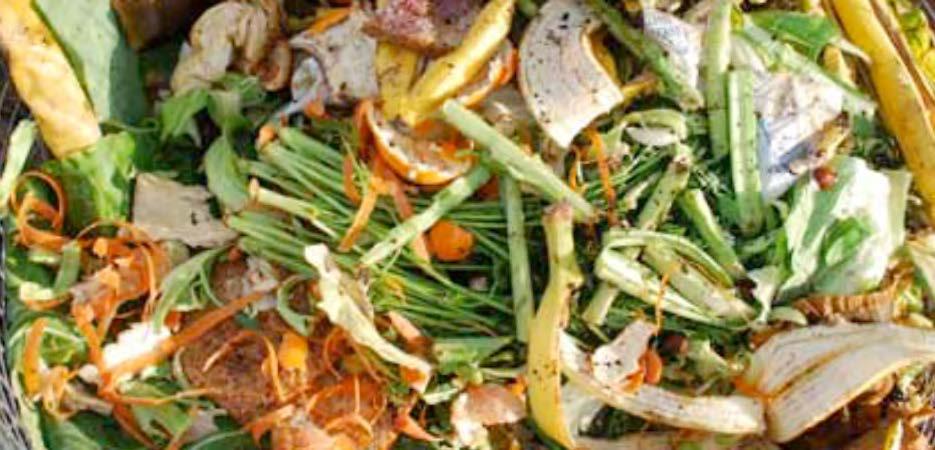
Shamu Sadeh, Director of ADAMAH, offers the following connections to answer the above question.
Blessing on the Re-Enlivening of the Dead
The second blessing of the Amidah, “Michayei Hamaytim,” “Who reenlivens the dead,” is often understood as a messianic prophecy in which the dead soul returns to life. An additional interpretation is that the blessing is a celebration of the continuously renewing cycles of life. The food scraps that end up in your compost bin will break down into fertile organic matter. Spread the compost over new plants that can in turn be harvested and enjoyed. The food scraps are not waste; their nutrients return to the land from which they came, to nourish and propel the future growth of other living beings.
Keva and Kavanah
Greens and browns can be thought of as the keva (structure) and kavanah (intention) of compost. Greens are high in nitrogen and more nutrient-dense. Nitrogen is a major nutrient needed by all plants, and because nutrient-rich soil is our intention for compost, greens can be thought of as kavanah.
As important as kavanah is, it cannot succeed without the proper keva- structure to complement it. Without enough browns, the greens will not receive enough oxygen and will smell awful (anaerobic). Browns are the keva- structure that support out kavana -intention for fertile, nutrient-rich compost soil. As with compost, so with life- we must balance keva and kavanah in all that we do.
22
Evven ma’asu ha’bonim haytah li’rosh pinah- “ The stone the builders rejected has become the cornerstone.” Every food scrap, leftover, old newspaper, or paper cup you are done using and have “rejected,” add to the compost pile. Through the regenerative processes of compost, it will turn into the basis of new plant growth.
MORE RESOURCES ON COMPOST
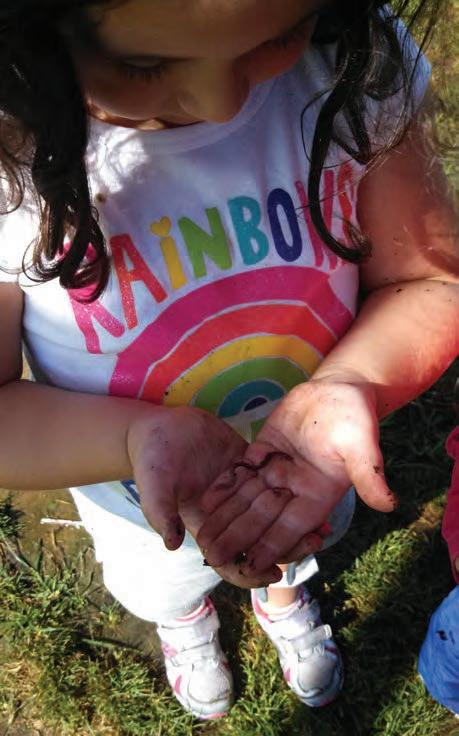
1 Compost is a dark, crumbly, earthy-smelling material produced by the natural decomposition of leaves, grass clippings, and many other organic materials. Finished compost contains an assortment of major and minor elements and other nutrients necessary for plant growth and also improves soil structure. For a more detailed description of what compost is and how it is made, see here.
2 Here are some reasons to compost in your garden: It reduces the amount of material going to landfills. Municipal waste is composed of 13% yard wastes, 12% food waste, and 34% paper, most of which can be composted (U.S. EPA, Office of Solid Waste 2005).
Compost is a valuable and free soil amendment that saves gardeners the money used to buy alternatives, such as peat moss, fertilizer, or vermiculite. Compost improves soil tilth, aeration, and waterholding capacity and contains a wide range of plant nutrients. All soils benefit from regular additions of compost. Compost suppresses some soil-borne diseases. Populations of some microbes in compost may out-compete pathogens for food and habitat while others attack or repel plant pathogens. It’s good for the environment, fun, educational, and an activity the whole family can help with. For a more information on how compost is helpful to your garden and the environment, see here.
3 For a comprehensive and easy to read guide to composting that can even be hung above your compost bin, see here
4 For help building your own structure to hold compost, see here.
SPOTLIGHTS
OMJCC Elana Havusha, a teacher at the OMJCC ECE, loves having the worm bin in her classroom. Students eagerly explore the worm bins, marveling at the “disappearance” of their food scraps and the wiggling worms. Learning to handle the worms gently and carefully is an important lesson and a building block for learning to respect creatures of all shapes and sizes. Once the worms have done their work, the students harvest the compost to spread on the garden, completing the full cycle.
23
Johns Hopkins Hillel When we asked Hugo Uvegi, the “green intern” at the Johns Hopkins Hillel, what his most memorable moment in the garden was, he did not hesitate to describe his experience with the compost pile. “Taking out the broken down compost was just really cool. It was amazing to see soil come out knowing that I had put in vegetables and plates. We know that this happens in theory but it’s really cool to see it actually work. I’m from NYC. It’s very different than picking up a bag of compost from Ace Hardware.”
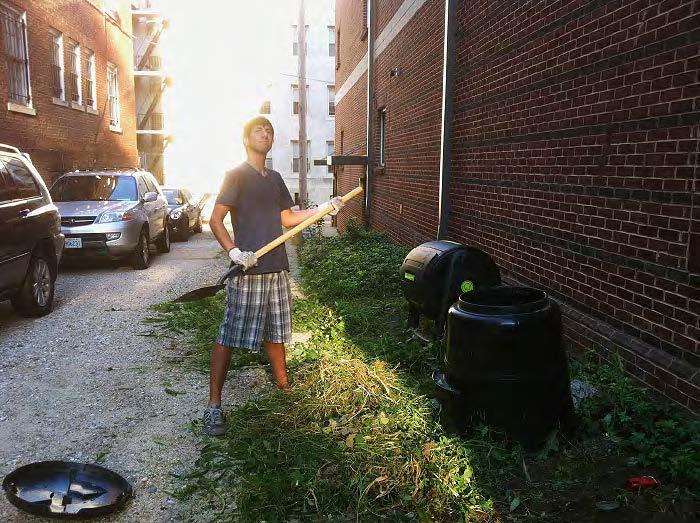
SEEDS
Insights: One of the joys of starting a community garden is developing a greater appreciation for the different ways plants grow. Some plants are directly seeded into the soil, while others benefit from growing indoors or in a greenhouse to a seedling size to then be transplanted outside. While transplants can be purchased easily from nurseries, there is great satisfaction in growing your plants from seed and seeing them through their full cycle. Growing plants from seeds requires extra care, community participation (see Netivot Shalom’s approach), and advance planning.
In the early months of the year, when it’s too cold to garden, flip through seed catalogs to decide what you want to grow this year. Explore the different varieties of the plants, and pick some new varieties in addition to the familiar favorites. Celebrate and engage your community for each step of the journey, an indoor seeding day around Tu B’shvat, a transplanting day during the Omer, and many more. Check out Pearlstone’s Jewish educational resources around seeds and seeding. Resource #3 and Resource #4
Direct Seeding vs. Transplants
The choice between direct seeding and transplanting seedlings comes down to two basic questions:
1 Does the vegetable transplant well?
2 Is your growing season long enough for the vegetables to mature when planted from seed?
Above, a JHU Hillel student shoveling greens into the compost bin.
24
Which vegetables should you direct seed and which ones should you transplant?
Plants Usually Direct Seeded
Beans, beets, carrots, corn, cucumbers, garlic, lettuce, micro greens, muskmelons, okra, parsnips, peas, pumpkins, radishes, rutabaga, salsify, squash, turnips, watermelon
Plants Usually Transplanted Planted From Other Than Seed
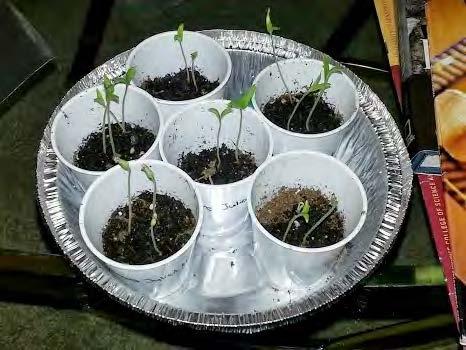
Basil, broccoli, Brussels sprouts, cabbage, Chinese cabbage, cauliflower, celery, chard, chives, collards, eggplant, endive, escarole, kale, kohlrabi, leeks, mustard, okra, onions, parsley, peppers, tomatoes
SPOTLIGHTS
Netivot Shalom
Artichokes, Asparagus, Garlic, Shallots, Horseradish, Onions, Potatoes, Rhubarb, Sweet Potatoes
surprised that we were able to successfully grow every crop from seed. This saved a tremendous amount of money.
For more information on the above chart, see here.
OMJCC
Seeds are interesting to compare and contrast and marvel at how something so small can turn into a full-grown plant. The goals of this lesson plan are to gain an understanding of how a seed grows, to learn the process of growing food, and to relate more to our food. Here is a helpful lesson plan named “The Lifecycle of a Seed” Resource #6.
In their second season, Netivot Shalom decided to try to grow all of their garden from seed. They organized a seed day in March, which attracted 20 congregants of all ages. A congregant kicked off the event with a beautiful d’var torah about their garden (Resource #5). Congregants each went home with their planters and tended to the seeds until the transplanting day in May. Abbe Zuckerberg, Netivot Shalom garden captain, shared, “Last season, we were pleasantly
3
25
PLANTS
Insights: Choosing what plants to grow in your garden should be a reflection of both logistical considerations and the intentions and goals of your garden. Consider the growing needs and timelines of the plants you select to correspond with your institution’s calendar. For example, if you’re growing a garden at school that doesn’t have a summer program, select crops that can be grown and harvested in the spring and fall or crops that can survive the summer without much maintenance.
If you’re gardening with limited space, consider the growing habits of different plants to maximize your space. Establishing clear goals for your garden will help you make appropriate plant selections.
For example, if you want to use the garden to teach about brachot , select plants that correspond with different blessings. If you’re donating your produce to a food pantry, contact the pantry to hear what food they can receive. If your garden is intended to teach students about eating healthy foods, make sure to ask the students themselves what vegetables they enjoy eating. And, best of all, remember that we begin anew each season.
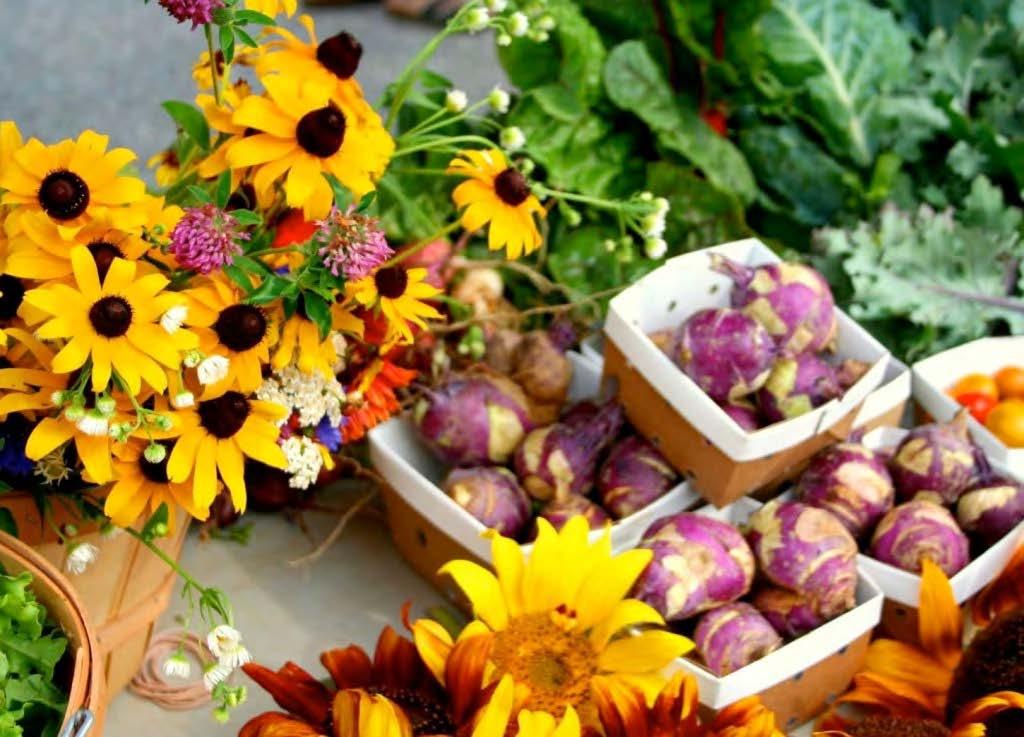
Enjoy the freedom to choose different plants from one year to the next!
This great resource helps you pick what plants to put in your garden based on what you’re looking for as well as what plants will survive in your local climate and environmental conditions, see here.
26
The following provides a general seasonal calendar. For a complete guide on when and how to grow specific plants in your USDA growing zone, see here.
Winter Spring Summer Fall Plan the garden. Order seeds (allow 6 - 8 weeks for delivery if ordering by mail).
Make/purchase growing trays, trellises, cold frames, and shade-netting units.
Plant trays so seedlings can mature while the soil is being prepared. Compost weeds, grass clippings, and compost crops. Harvest compost crops, dig garden beds, and spread cured fall/winter compost. Plant cool-weather crops in early spring and warmand hot-weather crops in late spring and early summer.
Plant summer crops. Keep the garden watered and weeded. Harvest and enjoy the fruits of your labor.
In mild-winter areas, plant fall gardens of coolweather crops at the end of summer.
Start additional compost piles with plentiful leaves and garden waste. Harvest summer crops.
Plant fall/winter compost crops.
Here is a sample garden planning worksheet that you can use to help keep track of the plants you decide to have in your garden.
Above chart source: http://www.thevegetablegarden.info/garden-calendar
Type of Seed (species, cultivar) Indoor Seeding Date Transplantin g Date/ Direct seeding date Harvest Date Spacing Requirements (btwn. Plants & Rows) Special Considerations 27
SPOTLIGHT
Netivot Shalom
Netivot Shalom wrote up a basic seasonal timeline that explains the programs and gardening activities and what seasons they took place in. It’s helpful to write something like this at the beginning of the season so you can keep yourself on track.

Season Timeline
Mid February: Plant early cool season crops that require starting indoors. (i.e. broccoli and cauliflower, etc.).
Late March: “Seed Starting Day” where families gather to start warm season crops, like peppers and tomatoes, indoors, taking them home to care for them.
Early April: Small group will turn a part of the garden to prepare for cool season crops, both plants and direct seeds, and will do the planting.
Early May: “Dig Day” where volunteers gather to put compost on beds and use a tiller to aerate and incorporate the compost. Cucumbers, melons, and squash will be planted indoors in preparation for planting day in late May.
Late May: (a necessity this year because of calendar conflicts amongst the volunteers) “Planting Day,” where the garden is marked out and all the plants are put in the ground by a corps of volunteers.
May and June: Most intense watering happens during these months, while plants are establishing themselves and direct seeds are germinating. Families/individuals volunteer to manage one week at a time. Small amount of harvesting done of cool season crops.
July and August: Watering continues, but is less frequent, as roots have established themselves by now. This is the beginning of our peak harvest season. Harvesting will be managed by volunteers, coordinated with the individuals who are sponsoring the weekly Kiddush.
Early to mid August: Plant cool season crops indoors again for transplanting in late August. Direct seed will be done at this time as well.
September and October: Harvest of fall crops as they come in.
Early to mid November: Garden clean up/seed collection.
28
TOOLS FOR YOUR GARDEN
Insights: When selecting tools for your community garden, keep in mind who will actually be using the tools. Children’s tools that are safe and durable are available and are very fun to use. While you could purchase all of your tools, community members often have tools lying around that they’re willing to donate or lend to the garden. This is especially helpful for the more expensive tools that are needed only once a year (such as a roto-tiller). Some communities also have tool banks where you can “check-out” tools for a day or two. Also, some tools, such as watering cans, can be made from old milk jugs and other recycled materials, which is a fun and educational project. Here is a list of the most commonly used and necessary tools to have in your garden. The following list comes from an online community gardening resource called RebelTomato. For more info on tools, see here
Trowel
A well-made trowel is one of your most important tools. From container gardening to large beds, a trowel will help you get your plants into the soil. Essential for everyone.
Hand Fork or Claw or Cultivator
A hand fork helps cultivate soil, chop up clumps, and work amendments into the soil. A hand fork is necessary for cultivating in closely planted beds.
Hoe
A long-handled hoe is a gardener's best friend. Keeping weeds at bay is the purpose of this useful tool. Hoe heads come in all different shapes and sizes, and every gardener swears by a different one.
Hose
This is the fastest way to transport lots of water. Consider using drip irrigation hoses or tape.
Hand Pruners
Invest in a pair of quality pruners, such as Felco, which is clearly a cut above. There are different types and sizes depending upon the type and size of the job. Secateurs are for cutting small diameters, up to the thickness of your little finger. Anything larger and you need loppers.
Watering Can
A watering can creates a fine even stream of water that delivers with a gentleness that won't wash seedlings or sprouting seeds out of the soil.
Fork
You can't dig and divide perennials without a heavy-duty fork (and some dividing methods even suggest you own two!).
Spades and Shovels
There are several different types and shapes of shovels and spades, each with their own purpose. There are also different types of hand holds for either - a "D" shape, a "T" shape, or none at all. They are a requisite tool for planting large perennials, shrubs, and trees, breaking ground, moving soil, leaves, just about anything. The sharper the blade, the better.
Wheelbarrow
Wheelbarrows come in all different shapes and sizes (and prices). They are indispensable for hauling soil, compost, plants, mulch, hoses, tools...everything you'll need to garden.
Gloves
Unless you want to wear your favorite hobby under your nails, use gloves. Leather gloves hold up best. If you have roses, get a pair that resists thorn pricks.
29

space. Similar to selecting themes for you garden, multiple garden types can be incorporated into your garden design. Remember to keep your intentions and values at the forefront of the conversation. There are multiple types of gardens you can create, depending on what goals you have for the garden. Explore the following resource to decide what kind of garden you might want to plant. Remember, you don’t have to only pick one! Mix and match, and create a diverse and multi-faceted garden. (Resource #7)
SPOTLIGHT
OMJCC Edible Schoolyard Garden and Outdoor Classroom
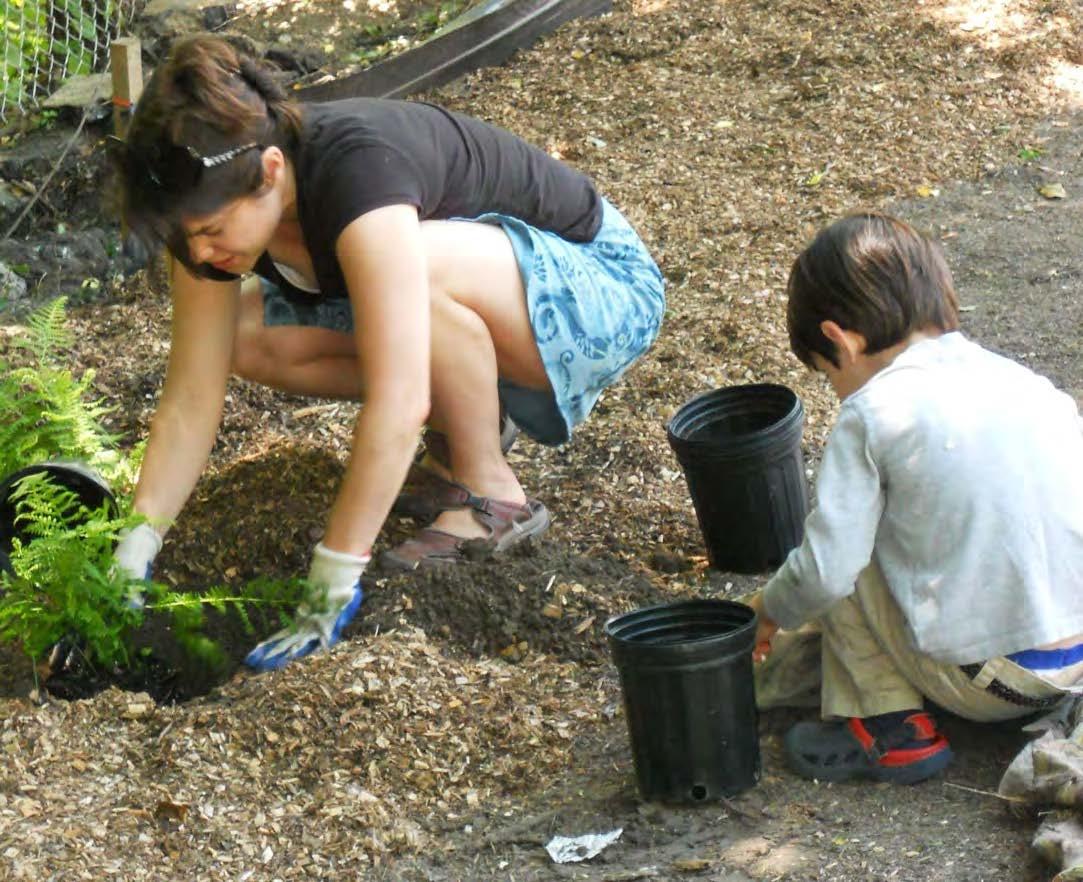
The overall goal of the JCC’s ECE garden project is to create and maintain a sustainable producing garden and to use the produce in the “classroom” to introduce the value of vegetables in maintaining a healthy diet. The garden provides the ability to teach the 300 children (ages 2-5) in the preschool that food does not come from the grocery store or restaurant. It helps by showing them how plants grow and how to protect and care for the land. The JCC used the success of their community garden to launch a large financial campaign to fund the construction of a new outdoor classroom adjacent to the garden. The outdoor classroom has natural play elements, such as a large tree log to climb on and a water flow station.
Bolton St. Synagogue, a non-denominational synagogue in downtown Baltimore, installed a rain garden as a part of a broader effort by the synagogue to “green” their property. Funded by the Chesapeake Bay Trust, the synagogue is ripping up impermeable surfaces on its property and replacing them with native, water absorbent plants, in an effort to slow down and filter run-off water that ultimately deposits in the Chesapeake Bay. The post-confirmation class is planning on installing two additional rain gardens, while studying the importance of water and ecological responsibility in Judaism.
31
GARDEN BEDS
I nsights: Consider the abilities and preferences of your participants when selecting the type of garden bed for your community garden. For example, if you’re building a garden for young children who might have difficulty avoiding stepping on plants, a raised container bed is an excellent way to delineate the “garden area.” The raised container bed should be small enough in width that the students can reach into the middle of the bed without stepping on the soil. For an activity about using your goof to garden, see resource #11.
The quality of soil on your site is another important determinant of the type of garden bed you select. If the soil quality is poor, building a raised container bed, which typically costs more than in-ground gardening, is the best option as you can bring in new, healthy soil. See the section on soil testing (p 20-21) to learn more.
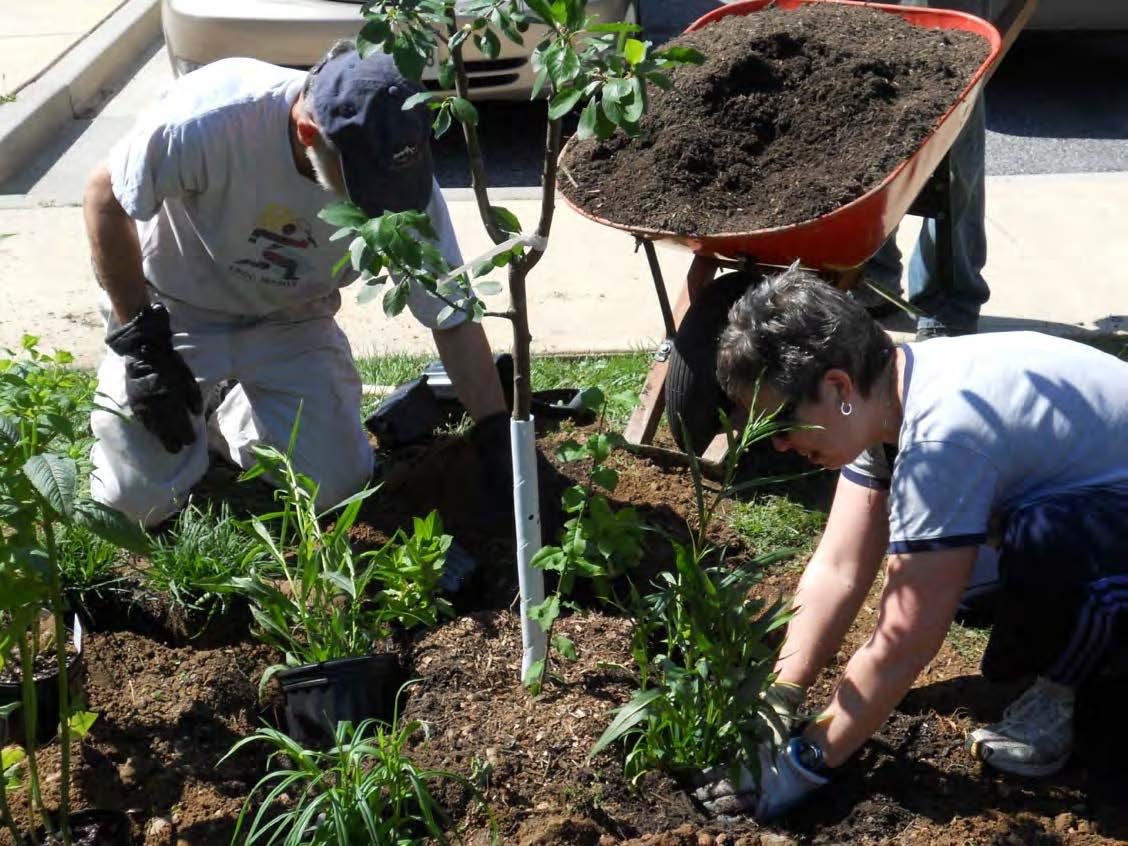
There are a lot of different benefits to container gardening, raised beds, and in-ground planting. Here is some information on these three different approaches, as well as additional resources to help you learn more.
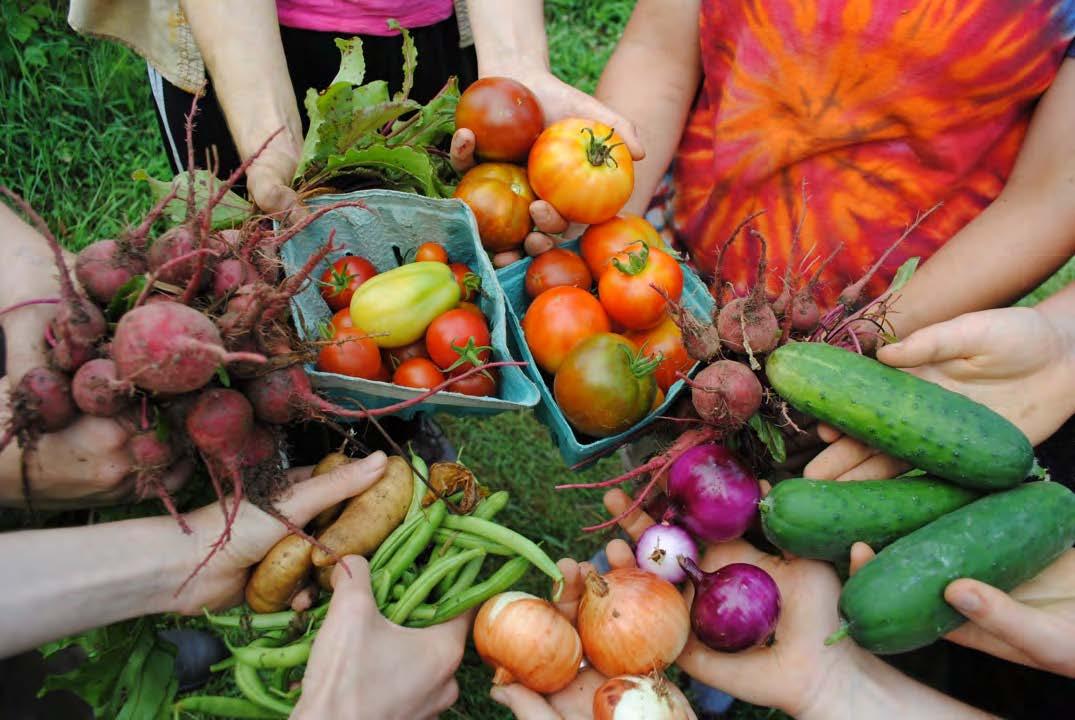
Container gardens are great for beginners for a variety of reasons:
If a plant in a container garden gets a disease, like a fungus, then it is less likely to spread to all other plants in the garden. Unlike a regular garden or other lawn chores, there is less back pain involved with a container garden. Container gardening makes it easier to save seeds. Growing things in containers allows for portability.
The variety of containers available to you allows you to design your small-scale garden in a way that both fits your needs and comple-
ments your unique personality. Deer, rabbits, and other wildlife are less likely to dine on plants in your container garden. Container gardens are also extremely kid-friendly. For more information on container gardens and details on their advantages and disadvantages , see here.
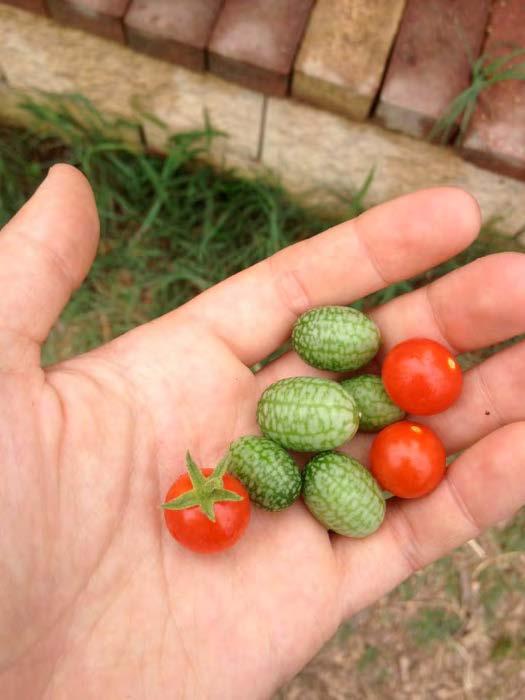
Raised Beds also have their own advantages, such as: Manageability; Prevention of soil compaction and plant damage; Longer growing season; Less weeding and maintenance; Better drainage; Easier soil amendments; Material conservation; Access for gardeners with disabilities. Picture example shown on next page. For more information and details regarding the advantages to raised bed gardening, see here.
Many resources exist that can provide you with a step-by-step guide to building your own raised beds or other type of garden containers. For information on how to make a raised bed from scratch or using creative recycled materials, see here.
SPOTLIGHT
In-Ground Gardening is often the most straight forward way to begin a garden. By making use of the already existing soil, it is less financially demanding and requires less start-up work. In-ground gardening also has lower water requirements and is easier to irrigate. Over all, this approach is less permanent and easy to change from season to season. For more information and details regarding the advantages to in-ground gardening, see here.
Salad Table “The University of Maryland Salad TableTM” is essentially a shallow wooden frame with a large surface area and a mesh bottom that allows water to drain. You can attach legs of any length you desire or set it on saw horses or other supports. It is portable, versatile, easy and inexpensive to build, and terrific for gardeners of all ages, sizes, and abilities. Picture example shown on next page.
Weinberg Villag Thanks to the help of Jon Traunfeld, director of University of Maryland’s home and garden center, Weinberg Village is using custom-designed salad tables that better fit the needs of the residents. The tables have been adjusted to allow for enough soil to grow crops such as tomatoes, cucumbers, and peppers. Also, two of the tables were built at a different height and design to allow for wheelchair access. Students from Kennedy Krieger High School, a vocational school for teenagers with disabilities, built the tables for the seniors. When we expanded the garden at Weinberg village going into the 2nd year, we built more salad tables, raised container beds with a lip that allows the residents to sit while gardening, and in-ground beds for the most capable residents.
33
WATERING AND IRRIGATION
Insights: Even through watering your garden might only require 10 minutes or the turning of a knob, it can be the single most intensive task in your garden, due to the almost daily need to water the plants. It’s advisable to set up a rotation of volunteers to water the garden. Think about who might be willing to take a shift, even people who are not otherwise involved with the garden. For example, at a synagogue garden that is primarily used by religious school students, daily minyan attendants might agree to water the garden after services. In the summertime, high school students looking for community service hours might agree to water and cover basic tasks in the garden. The garden is an excellent tool to build bridges between distinct parts of an institution, and when done well, can lead to inspiring, multi-generational collaboration.

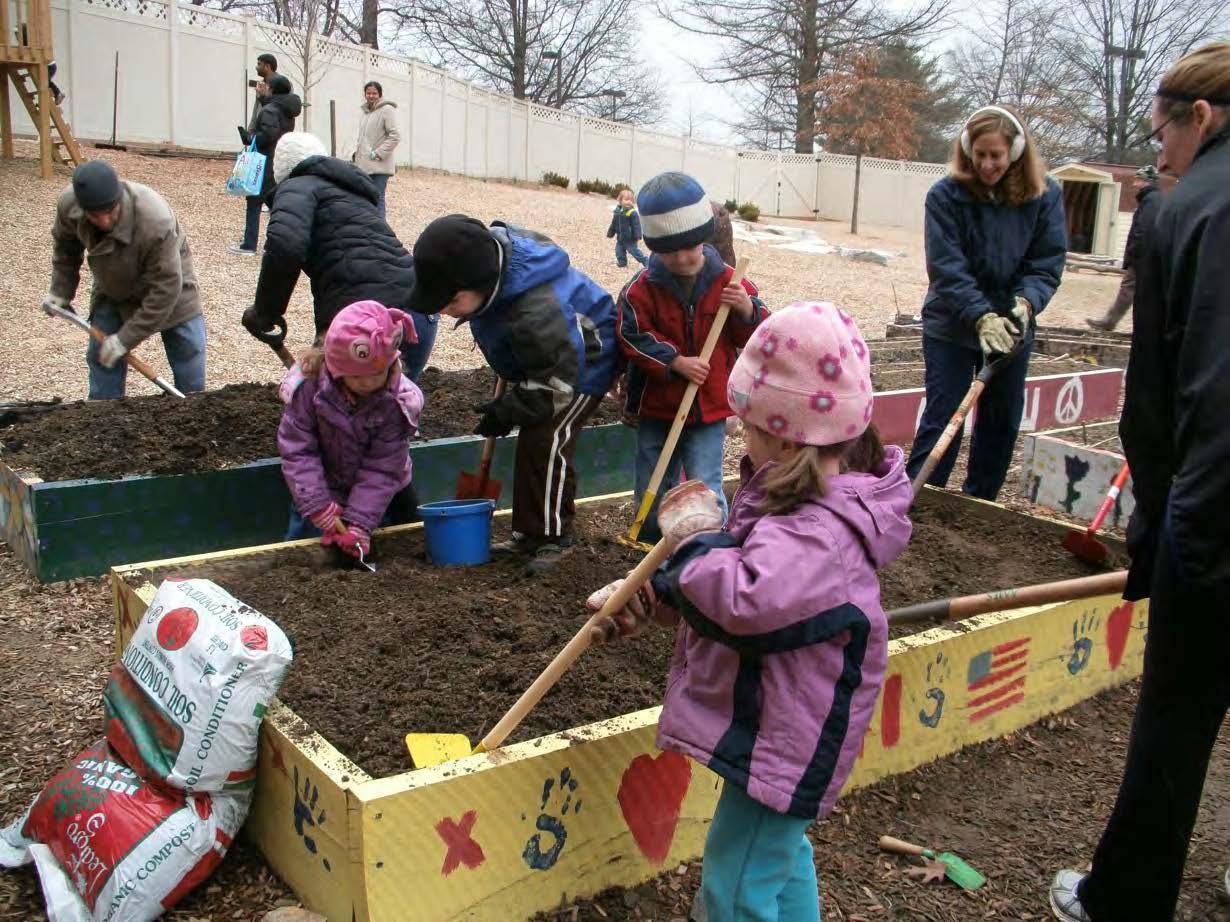
In addition to the logistical considerations, selecting a watering and irrigation system is a rich opportunity to promote educational values. Rain barrels and drip irrigation both help conserve water and challenge us to think about Judaism’s relationship to water. Create activities in your garden to explore these themes. For an example, check out Pearlstone’s sample lesson plan named “ Mashiv Ha’ruach u’Morid Ha’gashem”, Resource #12.
WATERING TIPS
Here are some important tips to keep in mind when watering: Focus on the root zone; water only when needed. water deeply and thoroughly; water in the morning; mulch everything and use the proper tools. For a more detailed explanation of these tips and more advice on watering a garden, see here.
34
There are various methods of irrigation that you may want to use for your community garden. Here are the four that we most recommend:
1 Overhead sprinkler 2 Rotary sprinkler
3 Hand watering 4 Drip irrigation. For descriptions of each method, as well as their respective benefits and disadvantages (particularly for a community or school garden) see here.
USING WATER WISELY
Make sure to use water wisely. One way to use water wisely is by collecting rain water from your roof into a barrel, then using that to water your garden. Connect a soaker hose to your rain barrel and then use it in areas where it may not be convenient to have a spigot. Due to its low water pressure, a rain barrel is also a great way to water shallow rooted plants (such as rhododendrons). Find a good place to keep your rain barrel, such as near your compost pile so that you can keep your compost damp, promoting the composting process during the dryer months of summer. Rain water is usually soft and free of dissolved minerals. This untreated water is great for your indoor plants, garden, lawn, or even washing your car.
In older areas where storm sewers and sanitary sewers are combined, the disconnection of downspouts can be enhanced by the use of a rain barrel. Collect rain water that would have otherwise been unnecessarily treated. For more information, including tips and easy directions on how to make your own rain barrel, see here.
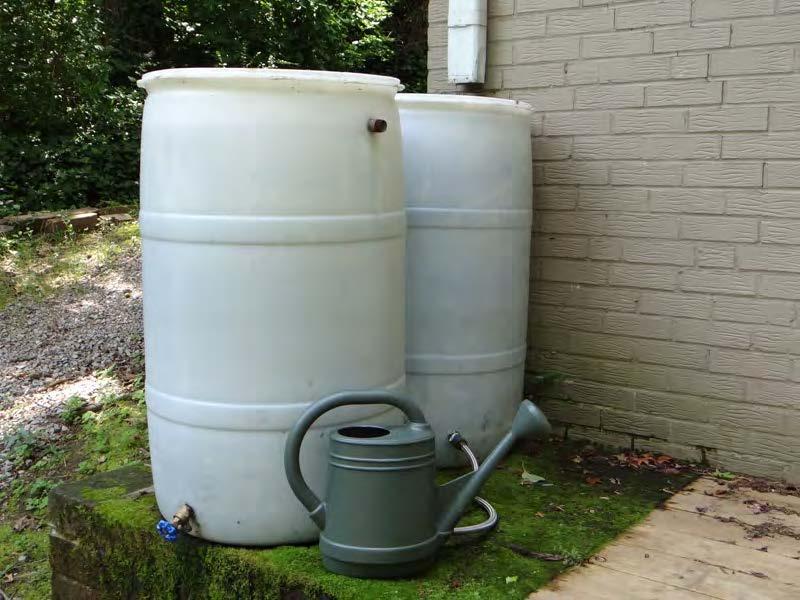
SPOTLIGHTS
The Harford Jewish Center
Joshua Cassaza and his father, Charlie, worked together on building a rain barrel to collect water to irrigate the garden. In working on this project, he learned about the importance of conserving resources and the Jewish value of “Bal Tashchit.”
On the next page, you will find a sample watering chart, which will help you to keep track of what plants have been watered and when. Having a public chart like this is especially helpful when watering responsibilities are being shared by multiple people.
35
Netivot Shalom
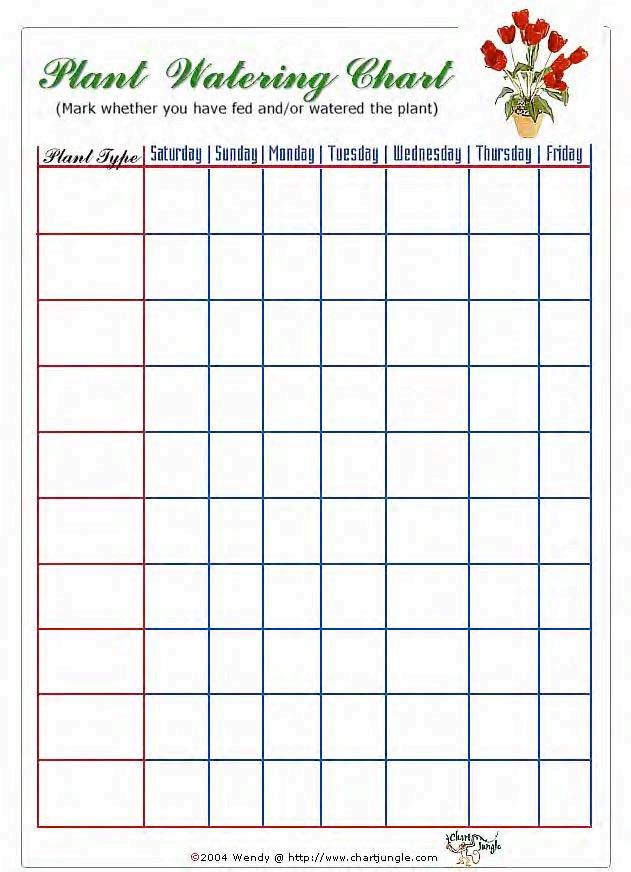
Watering the Kiddush garden has been the single most successful way of getting families involved with the garden. Using a schedule, families sign up to manage a week of the garden’s responsibilities. During the first two seasons, this has primarily been about being responsible for turning the hoses on for a preset period of time, pending rainfall. In the coming season, garden captains will compose a written set of guidelines.

36
Above is an example of the drip irrigation set up at Netivot Shalom.
Johns Hopkins Hillel
In connection with Sukkot, Johns Hopkins Hillel planned a lunch and learn in their Sukkah. On Sukkot, it is traditional to start praying for rain in Israel. Hopkins students explored their connection to rain and debated how to understand our tradition’s intertwinement of rain and our behavior. For a copy of their source sheet, see resource #13.
HARVEST SCHEDULE
Insights: Harvesting is one of the greatest joys of growing a community garden. Relish the opportunities; bring people together to celebrate the harvests, both small and large; make a blessing in the garden and sample your harvest; photograph your harvests; trace back the story of your harvest to earlier moments in the season. The Jewish calendar is filled with holiday harvests, and a Jewish community garden presents many opportunities to bring to life the agricultural roots of our calendar.
Enjoy these beautiful artistic representations of Israel’s agricultural harvest calendar, created by Psachyah Lichtestein.


37
Beth-El Early Childhood
While Israel’s agricultural season doesn’t always match up with our climate, harvesting and celebrating bikkurim on Shavuot is the perfect opportunity to celebrate the garden’s harvest as the spring end and summer begins. Check out Beth-El’s bikkurim lesson plan for a fun way to explore the holiday’s themes. Resource #15. For a harvest schedule of basic fruits and vegetables in Maryland, see here.
TRELLISING
Insights: Since many community gardens have limited space to work with, trellising is a fantastic way to maximize your space. You can use a wide variety of materials to trellis, and encouraging plants to grow vertically makes for a healthy and visually pleasing garden. Trellised beans, tomatoes, and cucumbers are easier to pick, help avoid water moisture damage, and add a third dimension to your garden. Allow your participants to get creative with trellising, using recycled materials and adding your own artistic touch to the trellising.
When you grow your vining vegetables upward, you use less ground space. This increases your yield per square foot because you can fit more plants into the garden. Monitoring and controlling pests is easier because they're right in front of your face. Harvesting is also easier, as there's no stooping or hunching over. No more waste due to overripe fruits that are hidden under lush growth. Vertical gardens increase accessibility for gardeners with disabilities because they can tend and pick from a chair or garden seat.
What crops can you trellis?
Some crops like to climb and therefore grow best vertically. For more information on vertical gardening, see here.
Tomatoes—Trellis nonbush or indeterminate types, which keep growing and producing fruits until frost. (Determinate varieties are often bushy.)
Peas & Cucumbers Grow nonbush varieties on trellises. Bush types don't need trellising; their vines reach only 4 to 6 feet long.
Pole beans, Gourds & Melons—As a general rule, any variety with fruits smaller than a volleyball can be trellised. Vines will grow strong enough to hold the weight of the fruit, so there's no need to support fruits with individual hammocks.
Squash & pumpkins—Small-fruited and nonbush types, such as miniature pumpkins, and acorn and buttercup squash, are suitable for trellising.
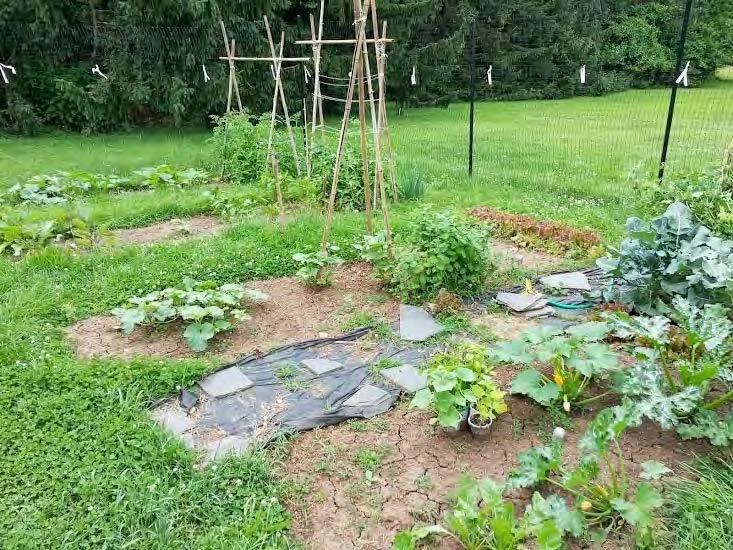
38
There are various approaches to trellising, each intended to serve a particular purpose. Some crops (which are heavier) will require a sturdy trellis. Where as others (which are more delicate) can utilize a lightweight design. For more information on different trellising designs, such as: Staked Row; A-Frame; Branch; Cage; and Tepee, see here.
PEST AND WEED CONTROL
Insights: While weeds and pests can be a frustrating aspect to gardening, there are organic methods and tips in this section for controlling both issues in your garden. Despite these methods, you’ll likely need to spend some time weeding in your garden. Keep in mind that many children do not carry a negative stigma towards weeding and greatly enjoy the satisfaction of pulling weeds out of the garden. In some cases, finding an edible weed can be a surprising and satisfying treat. Here’s an activity that can turn weeding into an enjoyable and educational game for children. See, Resource #16.
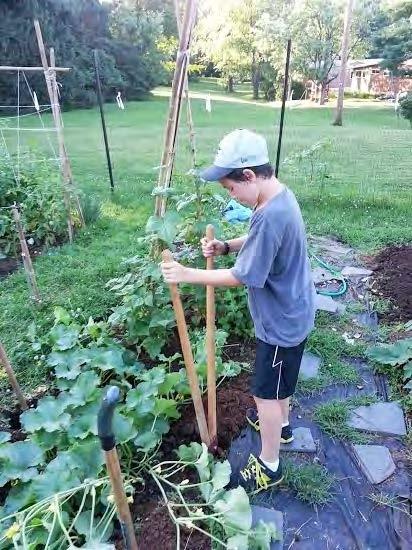
Remember that in addition to the pests that frustratingly eat your crops, there are also beneficial pests that are necessary pollinators for your crops or potentially keep other pests out of your garden. Many farmers keep pests out of their crops by spraying dangerous pesticides. Planting a garden with many types of crops, a polyculture, as opposed to a field of one crop (corn, soy, wheat) helps alleviate the need for pesticides. For an activity exploring bugs and diversity, see Resource #37.
Natural Weed Control
The following techniques will help to manage the “unwanted growth” that will occur in your garden. Although not desirable, pests and
weeds are naturally occurring and can be attended to in a number of ways. For more information on natural weed control, see here.
● Mulch - Organic mulches include straw, wood chips and shredded bark. Apply a 2- to 3-inch layer of organic mulch to prevent weeds, and ensure any straw mulches are free of weed seeds before using.
● Cultivation - Frequent cultivation prevents many weed plants from becoming established. Using a hoe or rake, break up the top ½ to 1 inch of soil between each plant and row in the garden. By breaking up the soil, weed seedlings are uprooted and left to die. When using a cultivation method, do so during the heat of the day so the uprooted weeds quickly dry out and die.
● Handpulling - The most labor-intensive weed removal method is pulling the weeds by hand. In any garden, some hand pulling is necessary, especially for weeds that root closely to desirable plants that would be harmed by other weed removal methods. To pull properly, grasp the weed near the base of the stem and pull straight up.
● Prevention - Preventing weeds in the first place saves labor later in summer. Remove weeds from beds before they form seed heads.
39
IMPORTANT: If you compost your weeds, don't throw any weeds that have already set seed into the compost pile. These seeds can survive the compost process and later turn up in the garden.
Insect and Animal Pest Control
Some plants, known as companions, work to naturally repel certain pests and can even encourage the presence of helpful pollinators. Keep in mind that companion plants do not always do the job they are intended to, or as well as you may need them to. As with much of gardening, you should experiment with them and learn through the process of trial and error. The following chart will orient you to some useful companion plants and their uses. For more information, see here.
Plant Name
Companion to: What It Is Believed To Do (Good & Bad)
Basil Tomato, asparagus
Bush beans (Butter, green, snap, string,wax)
Beets, carrots,cucumber, corn, eggplant, potato,strawberry
Repels aphids, flies, mosquitos and mites; helps control insect pests such as tomato hornworms, asparagus beetles, and disease.
Encourages growth of companion plant. Adds nitrogen to the soil. Green beans protect eggplant from the Colorado potato beetle.
Chamomile Cabbage, onions Improves growth and flavor--but plant only one plant every 150 feet or so.
Coriander Vegetables Repels aphids. Attracts bees.
Cucumber Corn, beans, peas, radish, sunflowers
Improves growth. Vines growing with corn help anchor corn and discourage raccoons.
Here are two additional resource that you may also find helpful. For more information on companion planting, see here, and for more information on organic methods of controlling pests, see here.
Additional Tips
Build raised beds for your vegetable garden. Raised beds can deter animals from entering your vegetable garden. Small animals like rabbits are often reluctant to leave ground level to enter a raised bed, as they instinctively avoid areas where they will be highly visible.
Make the pathways between your beds as narrow as possible
This consideration also plays to small animals' reluctance to make themselves highly visible and vulnerable. If the pathways between your vegetable beds are only about a foot (30 cm) wide, rabbits and other small animals will be less likely to enter your garden for fear of exposure to predators.
Interplant different vegetables with each other. Plants like garlic, onion, marigolds, chives, and lavender can all be used to repel rabbits, deer, and some other animals. Interplanting these vegetables with the rest of your crops keeps animals from attempting to eat the more attractive vegetables
Build fencing around your vegetable garden beds. Fencing is one of the most effective solutions for keeping animals out, although it also tends to reduce your own access to your vegetables.
Leek Carrots, celery, onions Improves growth, repels carrot flies.
Marigold Tomato, potato, strawberry, beans, roses
Encourages growth, deters Mexican bean beetles and other pests.. Discourages harmful nematodes, if they are grown for several seasons in the ground in areas that have nematode infestations.
Add plenty of mulch around your vegetables. Many animals are reluctant to walk over mulched areas, especially if they do not have the additional cover of weeds.
40
JEWISH SOURCES ABOUT BUGS
The Rabbis said: Even though you may think superfluous in the world things such as fleas, gnats, and flies, even they are included in the creation of the world. The Holy One has a purpose for everything including the snakes, scorpion, gnats, and frogs.
Midrash Rabbah, B’reishit (Genesis) 10:7
“A man should consider himself as a worm, and all other small animals his friends in the world, for all of them are all created.”
Bal Shem Tov
Why were human beings created last in the order of Creation? So that they should not grow proud – for one can say to them, ‘Even the gnat came before you in creation!’ ____________________________
Tosefta Sanhedrin 8:3
WHAT TO DO WITH FOOD FROM THE GARDEN?
Sometimes your growing operation is so successful that it may be difficult to actually eat everything you produce before it spoils. Organizing community meals and sharing your bounty with friends is a great way to make use of excess food. However, if you anticipate a large surplus, you may consider some of the following options.
● Community Supported Agriculture (CSA), is a mutually supportive commitment between farmers and consumers. In exchange for a seasonal fee, CSA members receive a weekly share of delicious, fresh, often pesticide- and chemical-free produce. CSA’s in the United States have been around since the mid-1980′s, and have been enormously successful as an economic model supporting
small organic farmers and building communities in close relationship to their food and the earth.
The CSA model has many advantages for both farmers and consumers. Advantages for farmers: Get to spend time marketing the food early in the year, before their 16-hour-days in the field begin; Receive payment early in the season, which helps with the farm's cash flow; Have an opportunity to get to know the people who eat the food they grow. Advantages for consumers: Eat ultra-fresh food, with all the flavor and vitamin benefits; Get exposed to new vegetables and new ways of cooking; Usually get to visit the farm at least once a season; Find that kids typically favor food from "their" farm – even veggies they've never been known to eat; Develop a relationship with the farmer who grows their food and learn more about how food is grown. For more information on CSA’s, see here.
Netivot Shalom had extra produce every week to donate to Ahavas Yisrael, which provides fresh food for Shabbat to needy, Orthodox families in Baltimore. For more information, see here.
Needs to Grow partnered with an established farmer in nearby Stevenson, MD, who donated a small section of his property for Chana to utilize for her program. Chana, Betsy, and their “crews” of participants with developmental disabilities had already planted the seeds for their first season’s harvest of vegetables and herbs. The generous farm has an established clientele and is also a vendor at farmers markets. Teaming up with him opened some avenues for business for some of the herbs, flour and baked goods which Needs to Grow groups prepare.
● Food Pantry
41
● Seed Saving
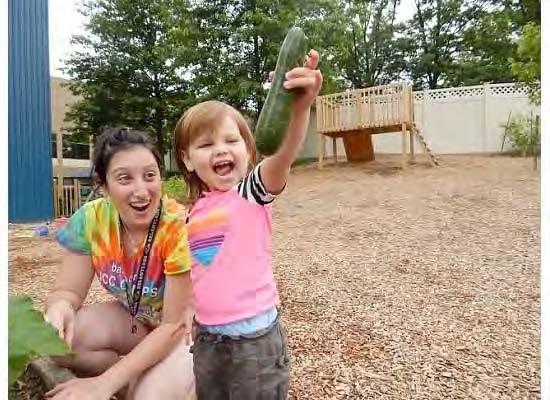
For information on “easy to save seeds” from plants such as eggplant, cucumbers, tomatoes, peppers, melons, and squash, see here. Seed saving and current issues surrounding GMO’s and the shrinking seed bank are complex and varied. For an activity and discussion introducing the topic, see resource #17
● Market
Here are some ideas for potential places to sell your produce: Farmers Markets; Garden Stands; Mobile Markets, Schools, CSA. For more information on selling at a market, see here
● Preserving the Harvest
Pickling, canning, and making preserved foods are a great way to enjoy fresh produce from your garden throughout the cold season. Preserving the harvest is a fun, hands-on skill that has a diverse and rich cultural tradition and many connections to Jewish food traditions. Here is helpful information on how to make pickles, sauerkraut, borscht, and preserve our Jewish culture through lacto-fermented foods, see Resource 18.
AND DON’T FORGET TO...
“Each class took a planter and planted something different. We tried to plant foods that the children would eat. The children are so excited to see the plants grow. Now they have peas and beans for snack every day.
—Aileen Freedman, director of Learning Ladder
___
EAT YOUR VEGETABLES!
”
42
Education
Early childhood centers are perhaps the most natural fit for an educational garden. Typically, early childhood centers are focused on experiential, sensory, and hands-on learning. The garden is a great way to get kids outside, playing in the dirt, and developing fine motor skills.
The goals of early childhood education tend to correlate well with the values of gardening. Teachers want their students to learn how to take care of other living things, to learn responsibility, to interact
with the cycles of nature, and to develop their sense of love and wonder of the world. Don’t re-invent the wheel. There are numerous gardening and nature-based resources out there for early childhood audiences. While most are secular, Jewish concepts and vocabulary can be easily interwoven.
Garden Design and Planning
Selecting garden themes, such as a sensory/ brachot garden, edible snack garden, or a Jewish holiday garden, provide clear categories to the garden experience to a young learner. The garden can become a natural place for these lessons to come to life.

43
Incorporate the garden into a larger play space, or design intentional play space into your garden. A garden is a great tool, but it’s not a space where kids can necessarily play freely. Kids need to run around, climb, dig, and explore without boundaries. Build a box in the garden just filled with soil so the kids can dig without disturbing your plants. Many early childhood centers are year-round, making school gardening much easier than other school settings.
Engaging teachers and parents
Teachers must model comfort and excitement in the garden. If a student observes a teacher grossed out by a worm or getting dirty, the student will likely internalize that reaction.
Jewish garden education is a nascent field, and it’s unreasonable to expect that all teachers will know how to use the garden for Jewish educational purposes. Provide resources, curriculum, and training when possible to make your staff more comfortable with the topic.
Parents are typically more involved in early childhood settings than other school settings. Engage parental support, ideas, and involvement in the garden. Cultivate parent leaders who can help fundraise and advocate for the garden amongst other parents. Plan events for parents and their kids to come out to the garden together. There’s nothing better than intergenerational gardening, and sometimes you need adult support for some garden tasks.
LEARNING LADDER
Learning Ladder is a Jewish pre-school and child care center in Pikesville and a program of Temple Oheb Shalom. While Learning Ladder was a new addition to the JCGC in 2012, there was a rich tradition of community gardening at Oheb Shalom. Gan Chaya , located on Oheb Shalom’s property, was Baltimore’s oldest and longest-running Jewish community garden. For 9 years, members of Oheb Shalom and several adjacent synagogues shared the garden space. Individuals and families were assigned plots within the garden to maintain and grow what they pleased. Monthly work days were organized to bring the community together. Sadly, participants lost interest in the garden, and in 2011, the garden lay fallow.
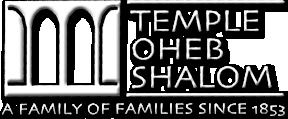
Learning Ladder seized the opportunity to participate in our Jewish community gardening initiative. With a garden already built and in their backyard, the pre-school jumped at the opportunity to use the space. Aileen Freedman, director of Learning Ladder, brought Pearlstone staff to school in the winter to facilitate a 3-part training series for the staff in Jewish, garden education. The teachers mapped out the design of the garden, focusing on planting vegetables the students would enjoy harvesting for snack. Rosemary Murphy, lead garden captain and teacher, explained, “Our goal was to have each of our classrooms choose one of our 14 beds and plant something with their class.” Although Gan Chaya is no longer running, a new generation of gardeners has taken the reigns!
To find out more about Learning Ladder, see here.
44
Advice From the Field
Aileen Freedman, director of Learning Ladder, spoke to the difference one year can make:
“This year we had the help of Pearlstone and wonderful trainings with Morris. Last year, we weren’t even sure where to start! The children helped the teachers weed the garden, and then we planted a variety of plants from started seeds. We watered and weeded on a regular basis. Each class took a planter and planted something different. We tried to plant foods that the children would eat. The children are so excited to see the plants grow. Now they have peas and beans for snack every day.”
As the leaders of the garden, make sure to find your sacred and re-energizing moments in the garden. Hear about Rosemary Murphy’s inspiring experience with her students:

“I think that my colleague Jill Davis, who worked everyday last summer with me weeding the gardens and I were blessed working in the garden. It was good therapy for both of us and the children ... I got involved because I think it’s important for children to experience the fun of working and playing in G-d's earth.”
“Some children had never had such an experience. They were all so proud. They would be so excited to show their moms and dads in the evenings when they would pick the children up after work. I would encourage others to keep trying and don't give up”
“I enjoyed watching the children’s excitement when we would go out each morning and check on the gardens, and then their excitement when we had our own garden vegetables for snack time.”
—Rosemary Murphy, Garden Captain
45
Pre-schoolers at Learning Ladder help level the soil with their hands before planting.
BETH EL
Here is the story of the Beth El garden, as told by Ilene Vogelstein, director of Beth El Early Childhood Center.
The Pauline Mash School for Early Childhood Education is affiliated with the Beth El Congregation, a progressive Conservative synagogue affiliated with the United Synagogue of Conservative Judaism. The motivation for starting the garden was to give families the experience of gardening, and for them to have a better understanding of where food comes from. Through the use of the garden, we’d be able to have curricular materials on environmental sustainability and food justice. We also wanted it to be a congregational project. We wanted to find something that we would be able to do together with the congregation to build a stronger relationship between the preschool and congregation.
To kick off the first season, Beth El hosted a family garden planting right before heading into Friday night Shabbat services, attracting both pre-school families and other congregants. Over two seasons, the garden has been used by the pre-school, the summer camp, and the congregation. The garden has grown vegetables for snack,
flowers to attract pollinators and butterflies, and fragrant herbs for sensory exploration. The experience has been great for the children.
They love the planting, the digging, harvesting, and eating straight from the garden. For more information about Beth El, see here.
Advice From the Field
Engaging Families

“The families come with children and do the final cleaning. Seeing everyone engaged in the garden together with the congregation is memorable and really important.”
“The motivation for starting the garden was to give families the experience of gardening, to be able to have a better understanding where food comes from. It doesn’t come from the supermarket, it comes from the ground.”
Ilene Vogelstein
Memorable Snapshot
“There are some isolated experiences when a child will go to the garden and pick a zucchini and it’s their prized possession. Every time a child sees something in the garden, picks it and eats it, I’m thrilled.” —Ilene
 Vogelstein
Vogelstein
Starting the Garden
“Just start it! Na’aseh v’nishma. It becomes more purposeful once you understand the cycle of a garden. It takes a lot of energy, care, love and attention. If you think too much about it, you might not start it. Once you start a garden there will always be something positive coming out of it and then you can keep planning from there.”
46
“I think the biggest challenge is to have particular goals. The garden experience of planting, weeding, harvesting, and eating is great. Having purposeful curriculum around it is a challenge. Engaging the congregation has also been a challenge.” —Ilene Vogelstein
OWINGS MILLS JCC ECE
“Just as my ancestors planted for me, so I plant for my children” ddd —Babylonian Talmud

Here is the story of the Owings Mills JCC ECE, as told by Ellen Olsen, the Early Childhood Education Associate Director and Garden Captain.
In the fall of 2009 Trudy Greenberg presented the idea of the garden to the school in memory of her late son, who was an avid gardener. A committee of parents and master gardeners was formed with the vision to create a sustainable garden. We realized that we needed professionals to guide us through the process so we joined the Jewish Community Gardening Collective, a program that empowers Jewish institutions with the knowledge and skills needed in order to create our own Community Garden.
The overall goal of the JCC’s ECE garden project is to create and maintain a sustainable producing garden and to use the produce in the “classroom” to introduce the value of vegetables in maintaining a healthy diet. The growth of the early childhood’s vegetable garden over the three years has shown dedication and commitment. Each class shares the responsibility of planting, maintaining, and ultimately harvesting the garden’s produce for healthy snacks. To date, we have a garden consisting of eight raised beds.
The JCC used the success of their community garden to launch a large financial campaign to fund the construction of a new outdoor classroom adjacent to the garden. The outdoor classroom has natural play elements, such as a large tree log to climb on and a water flow station. The garden introduces novice growers, children and parents alike, to the pleasures and mysteries of the natural world and the challenges and rewards of horticulture. For more on the Owings Mills JCC ECE, see here
Advice From the Field
Memorable Snapshots
“There’s one thing that sticks out. I had a parent here who went to school here as a child and is coming now with his child. He had never ever planted a bulb before. He had no idea. Seeing him get down and dirty, and then a few weeks later when they bloomed he came running to me and said ‘look what I did!’.”
“The biggest reward is obviously seeing the children eat their harvest. That’s what it’s all about .” —Ellen
Parent Involvement
Olsen, Garden Captain
Parent engagement became an emphasis of the OMJCC, whose strong parents’ association backed the garden financially. Ellen noted the difference one year can make in terms of attracting families to the garden for the garden party:
“The greatest challenge is getting parents and staff to actually use the garden. A huge challenge is getting volunteers ... This year we have about 25 adults and 22 kids coming, whereas last year we had only 2 families. I’m very excited!” —Ellen
Olsen, Garden Captain
Schools typically have set days on their calendars where parents visit for an open house, teacher conference, student performance,
47
or other forms of engagement. Adding a short activity in the garden to these days is a great way to build momentum and parent investment in the garden. Eventually, you’ll be able to attract parents out to the garden for garden workshops, planting days, and other garden projects.


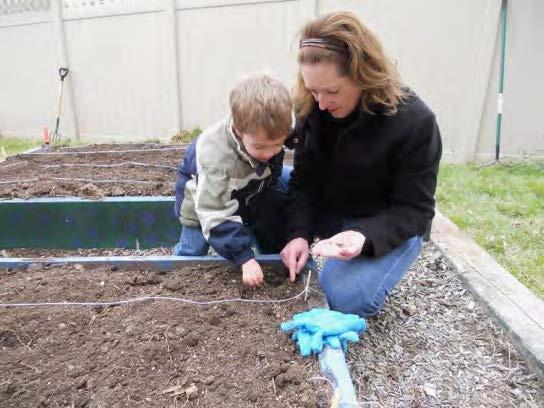
Building the Team
The OMJCC put together a strong team of garden captains, each bringing specialties and strengths to the project. Ilene Meister and Ellen Olson, the ECE’s director and associate director, provided the oversight and curricular support for the garden. Chris Sigman, coordinator of the Healthy Choices Initiative, helped integrate the garden into the existing curriculum. Norman Cohen (master gardener) and Holly Cymet (parent volunteer) took the lead in designing the garden area and providing their gardening knowledge toward the planning and growing of crops. Holly Cymet shared, “Collaborating with peers was good. Hearing people share their differing knowledge and ideas stimulated my thoughts on what we could do with our space beyond what we already had in mind.”
The leadership at the school understand that while children are naturally drawn to “getting their hands dirty,” the teachers are often the biggest obstacle to successful outdoor education; therefore, the school brought Pearlstone educators in for six hours of profes-
sional development in Jewish, garden education.
Here are two more garden-based lesson plans created by OMJCC staff. Resource #19 and Resource# 20.
Insights on Synagogue Gardens
Target Audience and stake-holders
Determining the target audience(s) for garden use is an important first step in creating a synagogue garden. While many synagogues identify the religious school as the primary garden participants, the garden is also a great educational and engagement tool for young adults, retired seniors, bar/bat mitzvah projects, green committees, social action groups, and interfaith work.
Especially if the religious school is the primary audience for the garden, identify strategic allies within the synagogue to help cover basic garden upkeep needs. For example, daily minyan attendants might enjoy watering the garden every morning, and high school students might help take care of the garden in the summer for community service hours.
Consider opening up the garden to non-members as a communitybuilding tool. When planning to build a garden, assemble a diverse team that represents the different facets of the synagogue. Include educators, clergy, parents, student leaders, maintenance, and congregants with gardening experience.
You never know if gardening or construction is the secret passion of a congregant. Put the word out, and prepare to engage people who don’t usually volunteer.
Educational Goals
Integrate the garden into the existing curriculum/ educational goals of the synagogue. This might mean selecting a grade or two in the religious school that have themes that can be enhanced by the garden.
Plan garden programs in alignment with the Jewish calendar and/or established synagogue events. For example, if the synagogue already gathers for a Sukkot building party, plan to harvest gourds from the garden to decorate the Sukkah with. Or, if the synagogue organizes a food donation campaign around the high holidays, set aside some produce from the garden to contribute to the campaign.
The garden can be designed as an outdoor classroom or worship space. Build an arbor or shaded space to sit. Make music and art in the garden. Write poetry and prayers. Infuse the space with sacred intention.
Garden Sustainability
Document your successes! Take pictures of the garden and include them in the synagogue bulletin. Post recipes of garden-table treats enjoyed at Kiddush or school snack. Thank your volunteers publicly for their contributions.
Start small! Develop your garden over time so as not to bite off more than you can chew.
49
NETIVOT SHALOM
Here is the story of the Netivot Shalom garden, as told by Judy Floam.
Netivot Shalom is a young congregation (2004) that was established to add a new dimension to Orthodox Jewish practice in Baltimore. Environmental stewardship and a respect for Hashem’s (G-d’s) Earth has been a priority since the congregation’s inception. The congregation received a grant from the Pearlstone Center’s Community Garden Collective to establish a garden in Netivot’s sun-filled backyard during spring 2011. It has been named the “Kiddush Garden” which is a double entendre. “Kiddush,” literally to make holy, is the blessing over wine, and it also refers to the reception that is held each week after services. We harvested cucumbers, beans, tomatoes, broccoli, squash, carrots, peppers, radishes, and even cantaloupe. We enjoyed the harvest at Kiddush each week and also shared our bounty with the needy, by donating produce to Ahavas Yisroel , which provides food to families in the Baltimore Jewish community.

Highlights of the summer were congregation-wide gatherings to dig, plant, and a few months later, harvest. These gatherings featured divrei Torah (learnings from the Torah) on garden themes, gardening instruction, and many children eager to dig in the dirt and help out. The word kiddush is also encompassed in “Kiddush Hashem,” or a sanctification of Hashem’s name. Truly a communal effort, the garden project has enabled participants to 1) share the bounty with one another, 2) share with the neighbors, and 3) give to charitable food
distributors. There is no doubt: The project enhances the community as a true Kiddush Hashem. For more on Netivot Shalom, see here
Advice From the Field
Netivot Shalom was one of two JCGC gardens featured in the Covenant in Action article, written by H. Glenn Rosenkrantz. Excerpts from the article are posted below; to read the full article, see here
Reflections and Experiences
Ari Moskowitz was beaming as he held his newborn baby while surveying the fall harvest.“It is amazing to me how much this new garden parallels growing a family and a community,” he said. “There is a connection between the earth and sustaining and nurturing God’s creation, and my wife and I starting and growing a family and being a part of Jewish community and continuity. That cycle is right here before us.”
“Over tending to this garden, I met people who I never knew,” said Abbe Zuckerberg, a garden captain at Congregation Netivot Shalom. “It became a place for schmoozing and connecting. People
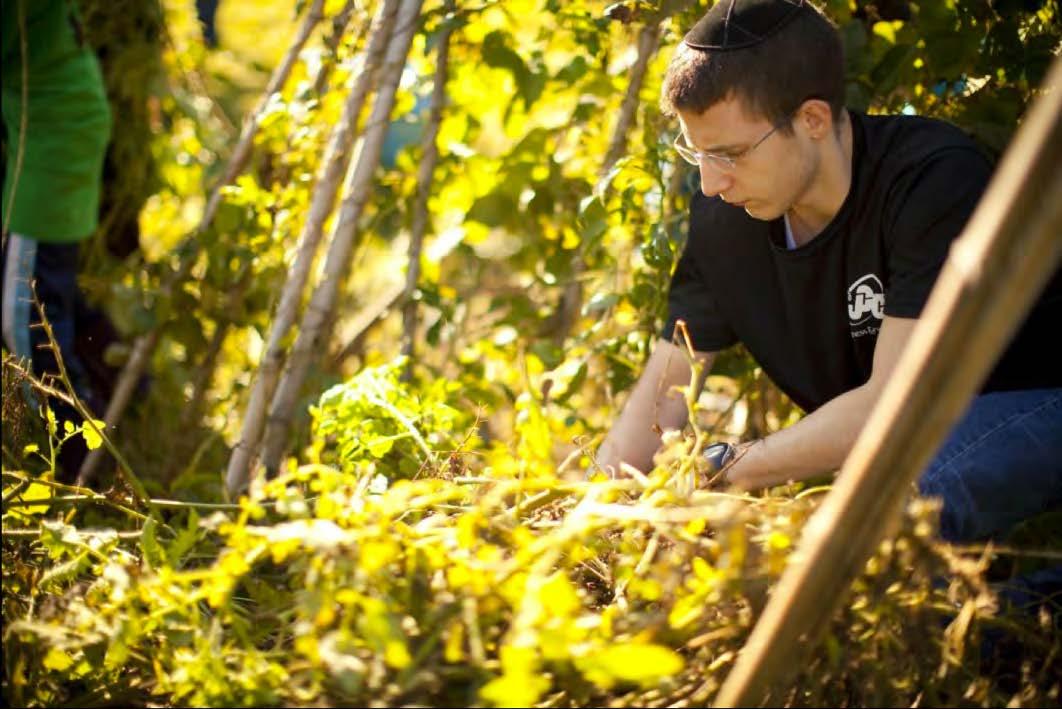
who never lifted a hoe were enthralled by this project. And it was a very public statement that we were doing something positive for our Jewish community and for the earth.”
Community Effort
Abbe Zuckerberg, lead garden captain, wrote in an email to the entire congregation, “I just had to take a moment to kvell . We have accomplished an awful lot together and have already exceeded last year's efforts. How?
1 EVERYTHING WE PLANTED WAS FROM SEED!
2 We have harvested cool weather crops before the date that we even tilled our garden last year (How about that Bok Choy Salad, and the turnips, radishes broccoli and snap peas this week?)
This is huge and it is all due to our combined efforts. None of us could have planted a garden of the size that we have in two hours. We did it as a COMMUNITY. Thank you all for helping our garden to grow l'elah ul'elah .”
After a season of inadequate fencing and the frequent visiting of a family of local deer, Netivot Shalom decided to invest in a 7-foot tall deer fence. Putting the fence up was a big project, and they needed help. Project Build, a summer program for boys returning from yeshiva study in Israel, responded and pitched-in for a true community building day. To learn more about Project Build, see Resource #23.
Engaging New Participants
Abbe Zuckerberg said, “The garden looks great and I LOVE how everyone goes over to look at it during kiddush and even through the windows during davening. I think we may be attracting new peo-
ple to the shul this way. In fact, Mindy Dickler said that she decided to join Netivot Shalom because of their garden!”
“Find the people who really like to garden and get them committed. A garden needs regular tending. We get a big crowd at the beginning, but every week we need someone to make sure the garden gets watered, to harvest, and keep an eye on things. We need a regular group of committed people and a regular schedule.”
r r —Judy Floam
Memorable Snapshot
Congregational member Judy Floam describes one moment that’s very memorable. “We were doing Dig Day, which is repairing the soil, we had a rototiller and the kids were busy pulling weeds. There was one kid who was about 5 or 6; he discovered an earthworm and he got totally into looking for earthworms and got so excited about it. That was really neat for me to see this kid getting excited about the sideline parts of gardening”.
Educational programming
“ The greatest challenge is using the garden as an educational tool. For that you have to have people who have an educational background and that’s not necessarily the same people who like to garden.”
—Judy Floam
Netivot Shalom did an excellent job coordinating major garden work projects with Jewish themes and holidays. Seeding and the formal start to the gardening season was kicked off with a garden-related d’var torah (Resource #5) Yom Yerushalayim was celebrated as a planting day, Sukkot was the garden take-down day (Resource #22)
51
and even Tisha B’Av was connected to the garden. For Netivot Shalom’s innovative Tisha B’Av garden program, see Resource #21.
HARFORD JEWISH CENTER
Here is the story of the Harford Jewish Center, as told by Roslyn Belkin, lead Garden Captain.

Our garden actually started on one of the Tu B’shevat holiday celebrations. Our students were introduced to “the birthday of the trees” with a school-wide project of planting indoors. Our Rabbi realized that the Pearlstone Center was facilitating a project that could possibly connect the plantings from Tu B’shevat into a larger more meaningful program for our religious school. Thus came the themed idea of using our plant starters to help celebrate our Jewish holidays. The items that were to be planted needed to tie in with our holidays [and] we had a head start since we had pumpkins that would be used for the celebration of Sukkot and parsley for the celebration of Passover. It was decided that herbs would be planted for the spice box used during havdalah , horseradish for Passover, blueberries for hamantassen for Purim and flowers for the bimah on Shavuot.
Our garden has become a root connection to more than the holidays. At our Temple, students are expected to complete 3 projects before having their Bar/bat Mitzvah. One of the 3 requirements is to perform a task to benefit the community. Several of our students have chosen the garden. This project not only drew students closer to our Temple community but also to their families. More often than not, families came to work in the garden alongside their child.
Our garden thrives today, but most important, are not the products yielded in the garden. The humanity and generosity promoted by the garden’s existence tells many stories of sacrifice, care, and dedication. To learn more about the Harford Jewish Center, see here.

Advice From the Field
Community Engagement
“There was a temple member who felt unaffiliated. He volunteered his time and weeded the whole garden all by himself. He felt affiliated. That was amazing.”
“The mushroom soil was delivered one day but not near the garden. I had to transfer this huge mound of soil and I didn’t know what to do. Some children and 4 men showed up, men that usually aren’t active in the temple. They came to transfer the mound of dirt in the raised beds.”
“These are magical moments. The garden has helped people who are not normally involved with the temple.ddddddddddddddddddd
f
ffff—Roslyn Belkin, Garden
Captain
f
Memorable Snapshot
“To me the garden became a fairy tale. It’s hard to get volunteers and no one wanted to step up to the plate, but once you make the effort people followed. It was more a human interest story than a physical endeavor. It became a beautiful indication of what the human spirit will do.”
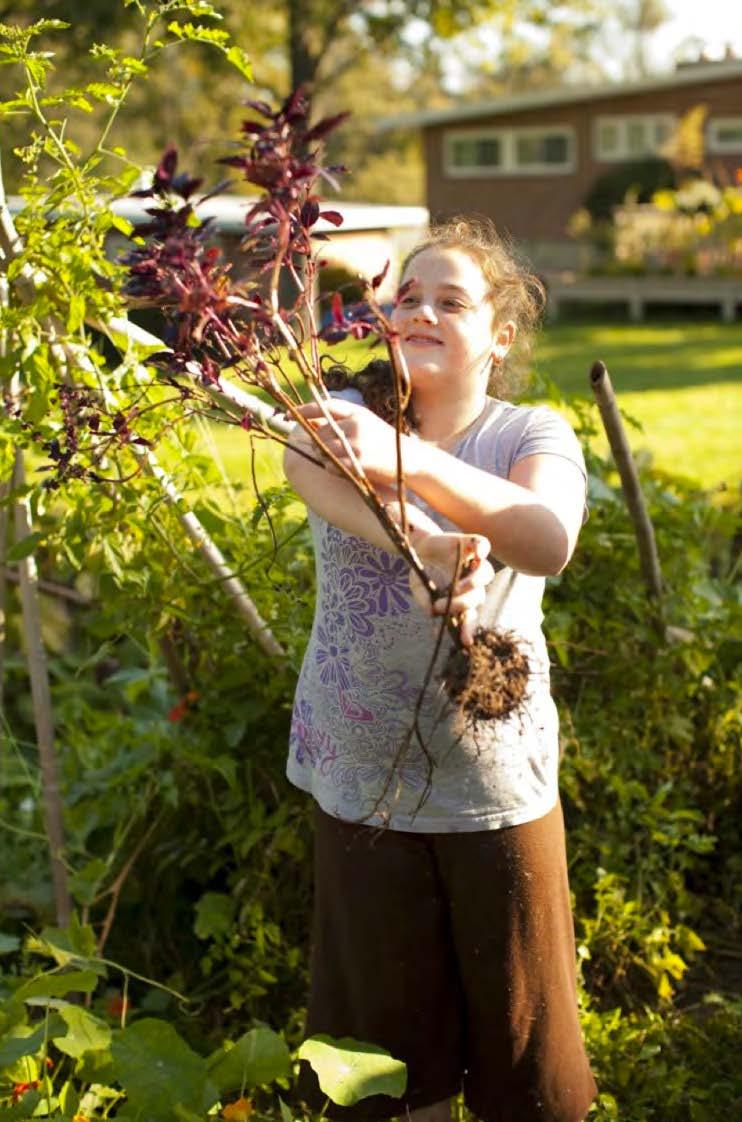
Proper Planning
—Roslyn Belkin, Garden Captain
“You need to have a community plan and many people involved. You have to decide who benefits, who reaps the harvest, and who is responsible.”
“Always involve children and that brings along the parents.”
—Roslyn Belkin, Garden Captain
HJC’s garden planting day took place on their annual Mitzvah Day, which attracts the entire religious school and the students’ families to the synagogue for a day of service. Planning the most significant garden work block on Mitzvah Day was an excellent way to both get the job done and introduce the garden to people who might otherwise not have interacted with it. It’s usually a good idea to weave the garden activities into an existing engagement strategy. And don’t forgot to say thank you! See, Resource #24.
Educational Programming
HJC used the building of the garden to teach about the settlement of the Land of Israel and all of the planning required and obstacles along the way. The persistence and community effort required to build and maintain a successful garden helped students begin to understand what the chalutzim experienced. See, Resource #25.
53
Insights on Gardening with Seniors
Garden Design and Target Audience
Depending on the physical capabilities of the seniors, custom-built garden beds, raised beds, and salad tables are all ergonomic designs that allow seniors to garden comfortably. The garden must be placed in an easily accessible location, convenient for seniors to visit on a daily basis.
Design the garden to include places to sit in the shade, wide pathways to allow for wheelchair access, a manageable system for watering, and free of tripping hazards. Engage the seniors in the process of designing the garden.
Encourage seniors to find a partner to help them cover the basic needs of their garden plot. That way, if someone is sick, out of town, or the watering regiment is too frequent, the duties can be covered by a friend.
Education
Some seniors come into community gardening with a lifetime of gardening experiences, while others are trying it out for the first time. Make room for both audiences. Cover the basics, and allow the more experienced gardeners to share their gardening tips.
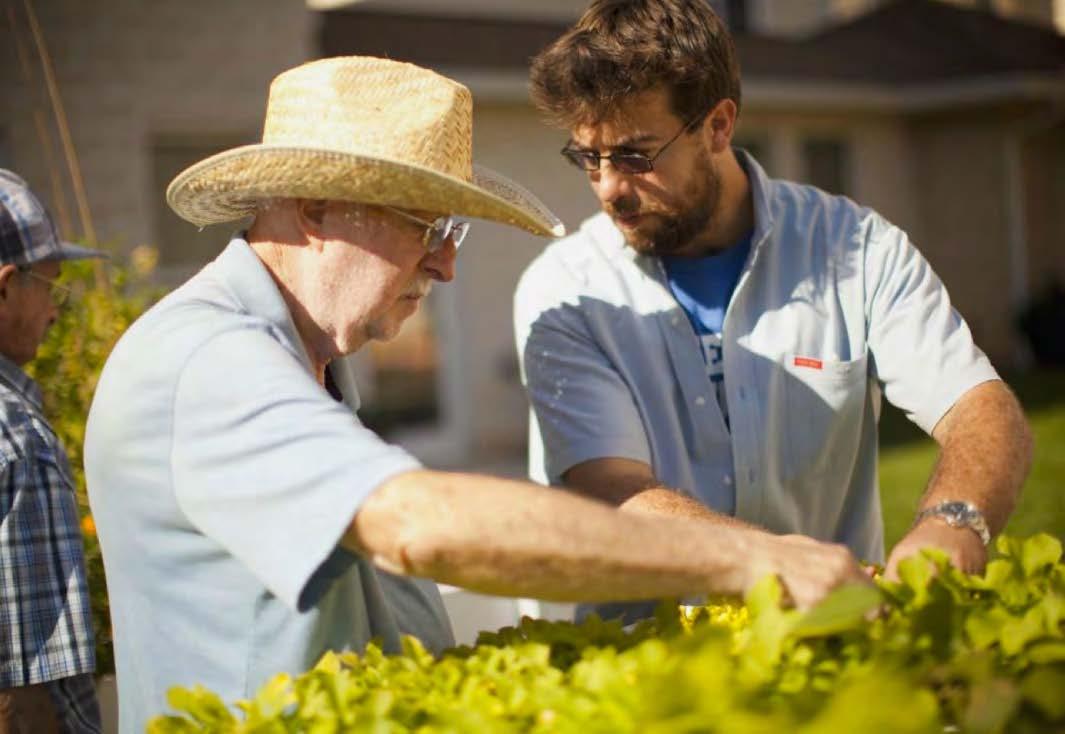
Community building was a primary goal of the Weinberg Village garden. Many residents spend most of their time indoors and isolated. The garden is a wonderful place for people to get to know each other. Organize educational workshops that provide opportunities for seniors to share their stories and experiences, both about
gardening and broader topics, such as spirituality, health, family, and food traditions.
Engaging the Public
A garden at a senior center is a wonderful project to support and place to volunteer. Spread the word in your community about the garden to service groups, non-profits, nurseries, landscaping companies, hardware stores, and volunteers. Typically, the initial physical work of preparing and building the garden requires support from a team of volunteers.
While many seniors are physically capable of completing all garden tasks, others will benefit from volunteer support. Matching seniors with younger volunteers in the community can be a beautiful and nourishing partnership.
WEINBERG VILLAGE
Weinberg Village is a campus of affordable senior housing for seniors with low to moderate incomes. The Weinberg Village Community Garden was established in the spring of 2011. Gayle Newman, activities director at Weinberg Village, sent out a survey to the nearly 500 seniors who reside in Weinberg Village, gauging their interest in starting a community garden. Thirty-five residents expressed their excitement for the idea, and that was all Gayle needed to join the JCGC. Starting small, ten residents of diverse backgrounds were selected to garden in 6 salad tables.
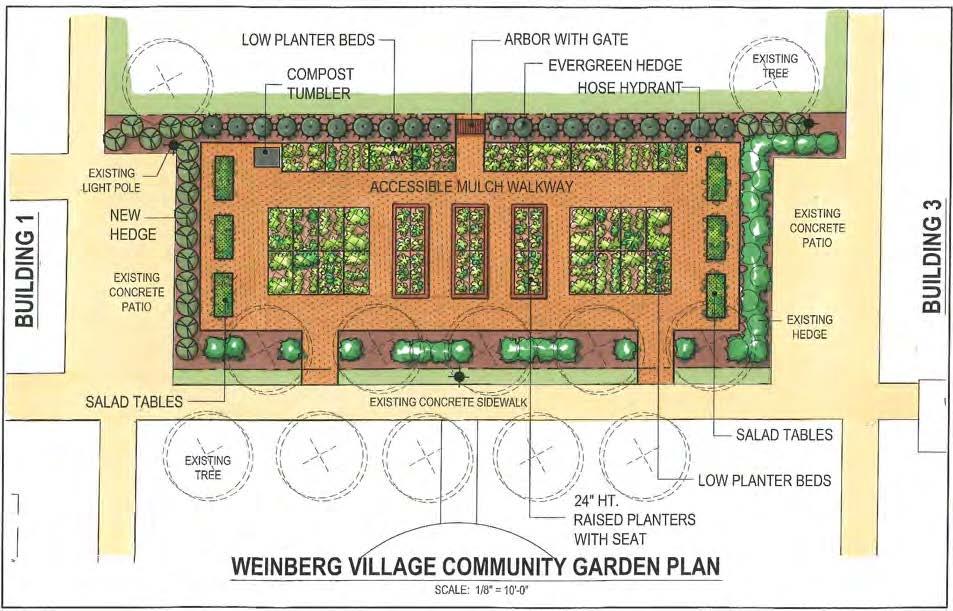

Over the course of the first year, the small group of gardeners, who mostly had never met one another, formed a tight bond. In addition to gardening together, the residents met monthly for a Jewish educational workshop, facilitated by Morris Panitz, connected to gardening.
The first season was such a success, the leadership at Weinberg Village, joined by CHAI (Comprehensive Housing Assistance), agreed to finance a $12,000 project to convert a significant portion of the central courtyard into a 40-plot community garden. Josh Brenner, an extraordinary lay leader who offered to support the project, brought Home Depot and Brickman Landscaping on board as corporate sponsors of the garden. On June 14th, 2012, volunteers from Home Depot built the expanded Weinberg Village Community Garden much to the senior’s delight. Five days later, Pearlstone staff, volunteers, and 40 residents gathered in the garden to recite the “Birkat Ha’gan” before breaking ground. Morris continued to lead educational workshops throughout the season.
The garden is such a compelling community-building tool, allowing people to share deeply- personal stories with people who were strangers before the garden. Half the group was in tears at a Sukkot program about welcoming guests to the garden, sharing stories about loved ones past and present. One senior, Iris, invited her daughter Mindy to the event just so that she could publicly express her appreciation and love for her. Another senior, Teel Byrne, said about the garden, “As we at Weinberg Village dig in the garden – we are making friendships anew and eating healthier because our vegetables are pesticide-free. For this and more we thank you Pearlstone and God.” For more on Weinberg VIllage, see here.
55
Advice From the Field
Community Building
Cindy Zonies, director of service coordination shared that “in the late summer, as the sun was going down, the garden became the best place to socialize in the Village. Even non-gardeners would sit outside in the courtyard, watching the gardeners tend to their plants.”
In 2012, the central courtyard of Weinberg Village has transformed from, as Gayle Newman, activities director said, “a living room covered in plastic that everyone looks at but no one uses, to a family room, filled with seniors working the land and building new friendships.” See the garden design on the previous page.
Memorable Snapshot
When asked for her most memorable moment from the garden, Gayle Newman answered: “ The first time that everyone planted in the garden. Morris did the shehechianyu, and we had African Americans, Jewish people, and non Jewish people. Everyone related, people were crying, it was a beautiful sharing moment.”
Educational Programming
Once the residents got to know each other a bit through the shared labor of hands-on gardening, the workshops provided intentional space to share stories and get to know one another. Each year, leading up to Rosh Hashanah, the Weinberg gardeners use the following activity to reflect on the year. See Resource #27
Proper Planning
Get to know your audience. Especially with a group of seniors, building a garden that meets their physical capabilities is vital. “Everyone wanted to garden in the ground. Now that the seniors got a taste for that hard work, more sitting beds and salad tables are needed.”Gayle Newman, activities director
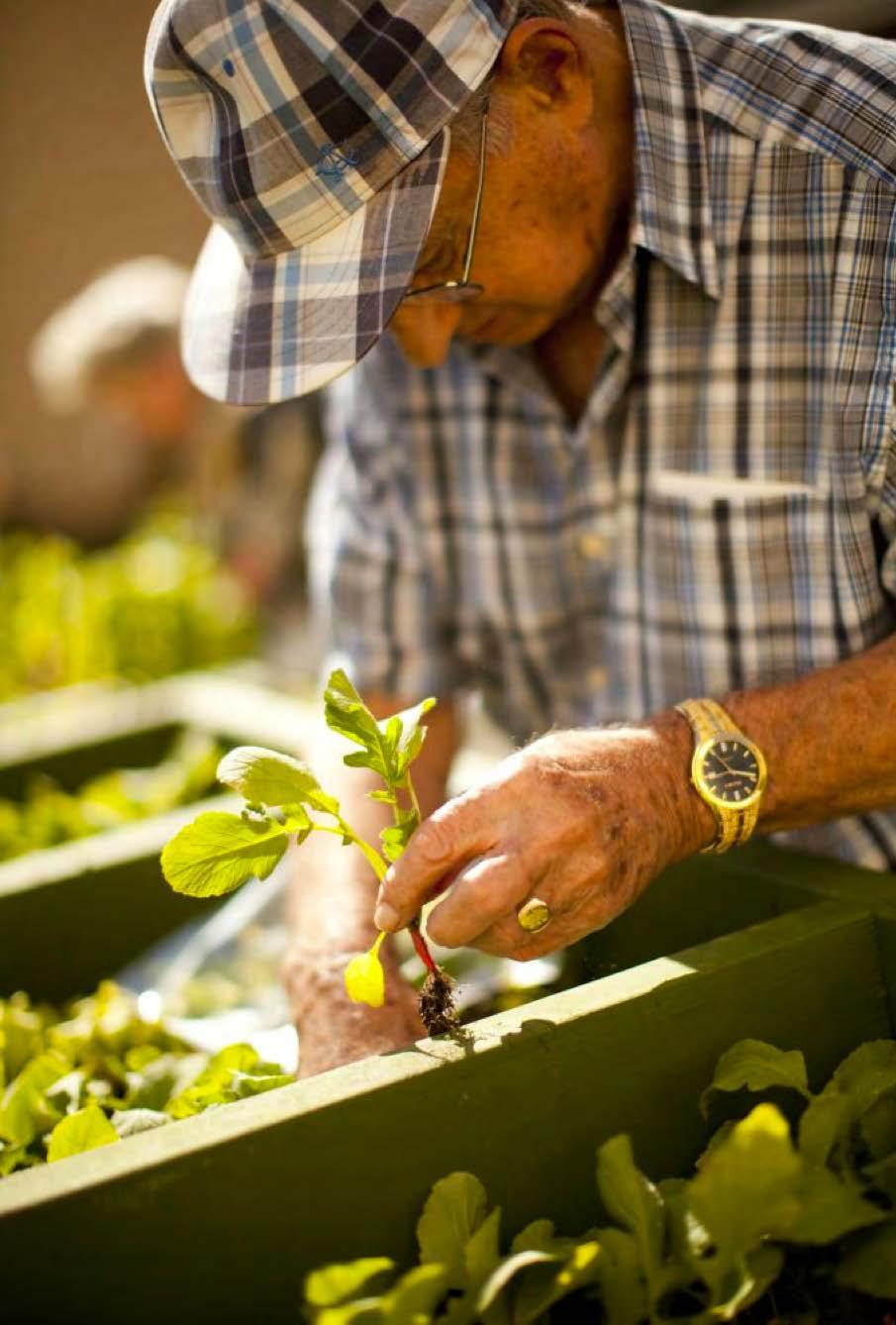
“
Talk to the people who have already done it. Do a lot of pre-work first, get your gardeners excited and ready way before you start your garden. We got people excited and ready 6 months before we did it which definitely helped with our turnout”
-Gayle Newman, Activities Director
Organizing community gardeners around common rules and expectations is particularly important when each gardener is allowed to manage his or her own garden plot. Weinberg Village created a document that each prospective gardener signed in order to join the community garden, see Resource #28.
Document your successes!
To see a video slideshow of the Weinberg Village community garden participants in action, see here.
56
Insights on Hillel Gardening
Target Audience
Due to many universities’ long summer break, much of the gardening season occurs when the Hillel is mostly dormant. While Hillel participants are the primary audience, consider partnering with other groups on campus that might be interested in starting/ maintaining a community garden, especially in the summer.
Following the model of Hopkins Hillel, hiring a “green intern” or starting a Jewish environmental group on campus can further the potential of the garden and create opportunities for further programming on related themes.
Know the students’ schedule. Plan events around final exams and other busy times in the schedule.
that bridge, either through joint responsibility for the garden or food donation programs.
Issues of sustainability and food justice are increasingly relevant and of interest to college students. Explore these issues at Hillel through a weekly/monthly learning series, such as “Torah on Tap.”
JOHN HOPKINS HILLEL

Located in downtown Baltimore, Johns Hopkins Hillel joined the JCGC in the spring of 2011, eager to transform their urban plot into a vibrant community garden. The primary goal of the garden was to provide Jewish students on campus a new platform for engaging with Judaism and their community.
Leadership at Hopkins Hillel was also interested in greening their facility, and building a garden adjacent to the Hillel was a great start.
Education College students love food!
Whenever possible, include food from the garden in Hillel events, even non-garden related events as a way to build interest in the garden. Many college students are interested in stepping outside of the “college bubble” and getting to know the local community. The garden can be
Due to the long summer break of the college schedule, the first season began with a planting day in the fall, organized to coincide with a city-wide volunteer day. Fifteen students gathered alongside community volunteers to plant a fall crop in the garden.
Moving into the second season, the leadership team at Hopkins Hillel created a new position, “a green intern,” to oversee the garden and other sustainability efforts at Hillel. Hugo Uvegi, a freshman at Johns Hopkins, was hired and took over the reins. He is motivated and excited about the garden and has organized composting efforts at Hillel after Friday night dinners. Hugo even developed a partnership with a local Starbucks, in which he picks up used coffee grounds to add to the garden compost pile. In the past two years, Hopkins Hillel has created an additional student leadership position

57
to manage the garden and initiate new greening efforts at the Hillel, such as Green Shabbatot, where dinner features fresh produce from their garden. For more on Hopkins Hillel, see here.
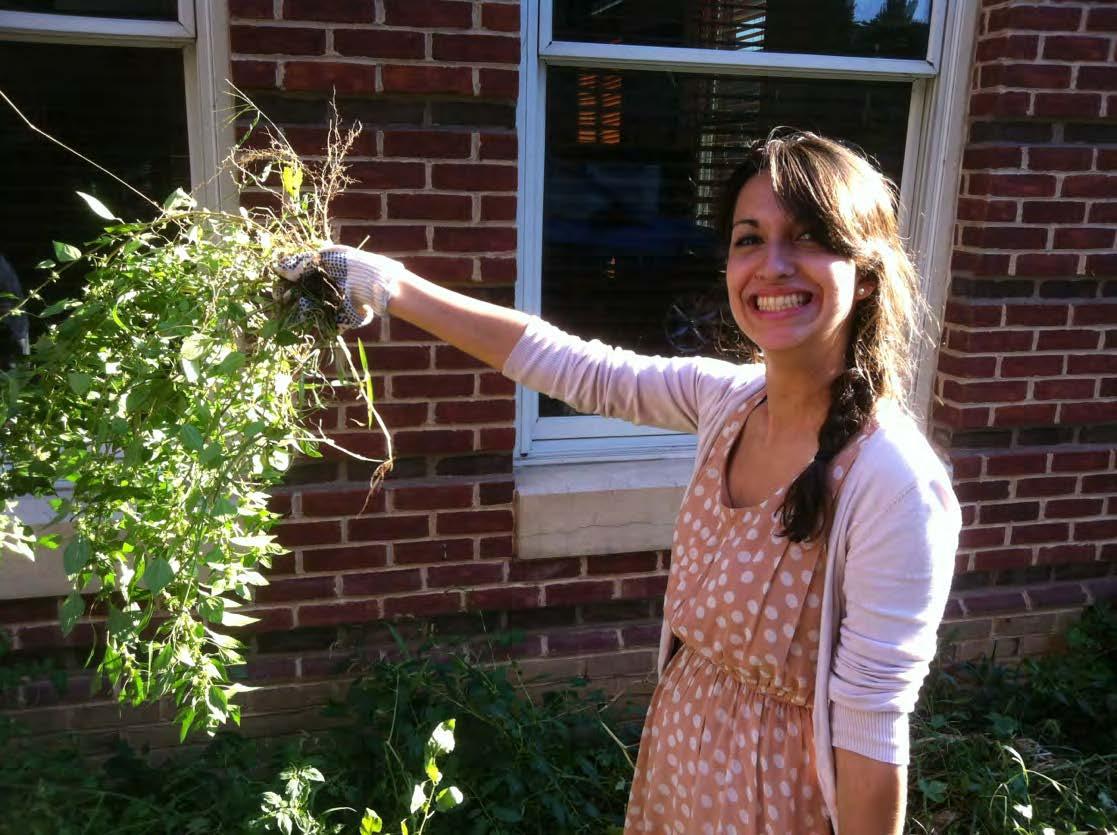
Advice from the field
Memorable Snapshot
“Jon Falk, assistant director of Hopkins Hillel, put in some broken up gourds in the compost to start it off, and when we added the compost to the soil, we noticed that there were some little gourds growing. It was completely unintentional and beautiful.”
Proper Planning
Align your gardening plans with the existing schedule of your participants. College students go away for a long summer, but when they return in August, they’re eager to meet new friends and try out new endeavors. “We planted crops that needed the least amount of work and could be harvested in the late fall and early spring.” k
–Hugo Uvegi
Community Involvement
“The first time that we were harvesting everything was just really cool. I had never really experienced gardening before, and it was really cool to know that I had planted this stuff and a few months later it grew and I was able to eat it right out of the ground.”
–Hugo Uvegi
Educational Programming
Gardening should engage our other interests as well so that it’s relevant and speaks to a wide audience. Music, art, and social issues can all be integrated into a participant’s experience of the garden. At a Johns Hopkins Hillel garden gathering, the campus rabbi shared this relevant song to prompt discussion about our relationship with nature. See Resource #29.
“Being ‘green’ or sustainable is becoming more popular and if you’re trying to get people who aren’t already involved, telling them that there’s a garden to use will get them more involved in the community.”
–Hugo Uvegi
Special Needs Gardens
NEEDS TO GROW
Here is the story of the Needs to Grow Garden, as told by Deborah Vidal, co-director of Needs to Grow.
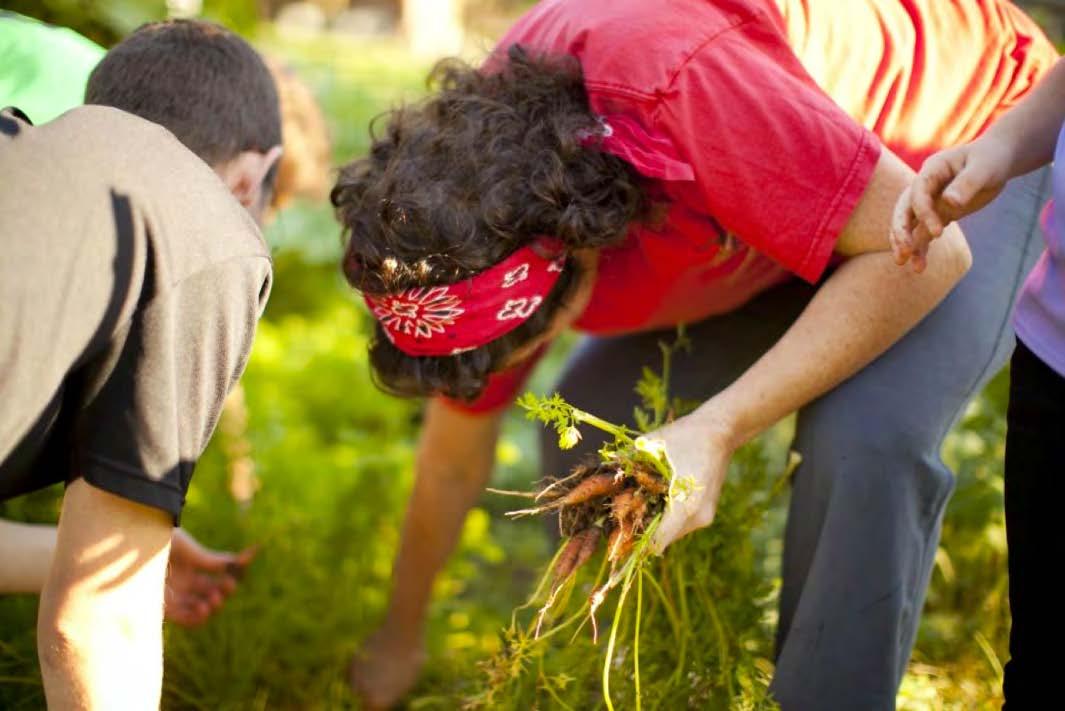
Needs to Grow, an affiliate of YACHAD (The National Jewish Council on Disabilites under the Orthodox Union), welcomes individuals, families, and organized groups with developmental disabilities for training in hands-on farming and agricultural skills. Participants in Needs to Grow are trained in the basics of gardening, from preparing the soil for planting, to putting seeds in the ground, watering, weeding and maintaining the garden. When it’s time, they harvest the vegetables and herbs that were planted. They learn to collect eggs from the chicken coops, wash them, size them and package them for market. They also learn some basic farm chores.
Once a week and for the past three years, a group from the Forbush School, a private, secular school for persons with developmental delays enjoys coming to the farm. A second group from Itineris, a vocational program for adults with ASD participates twice a week at the farm and in cooking classes. On Sundays, various small groups from the local Jewish community visit the farm. Occasionally other groups from Yachad, Menucha, Friendship Circle and the JCC visit the farm to attend classes.
We envision our program being a place of training and transition into the mainstream world for those capable of that path, a day vocational program for participants who reside elsewhere and as a residential inclusionary community for those choosing this lifestyle long term. Needs to Grow Farm has shown tremendous growth in just 3 years, and hope to someday create a kibbutz-style farming community.
59
Advice From the Field
Memorable Snapshot
“One of the proud moments was when a parent went shopping with her son. They were in the produce section and he knew how to identify the different vegetables and knew what was ripe and looked forward to preparing them.”
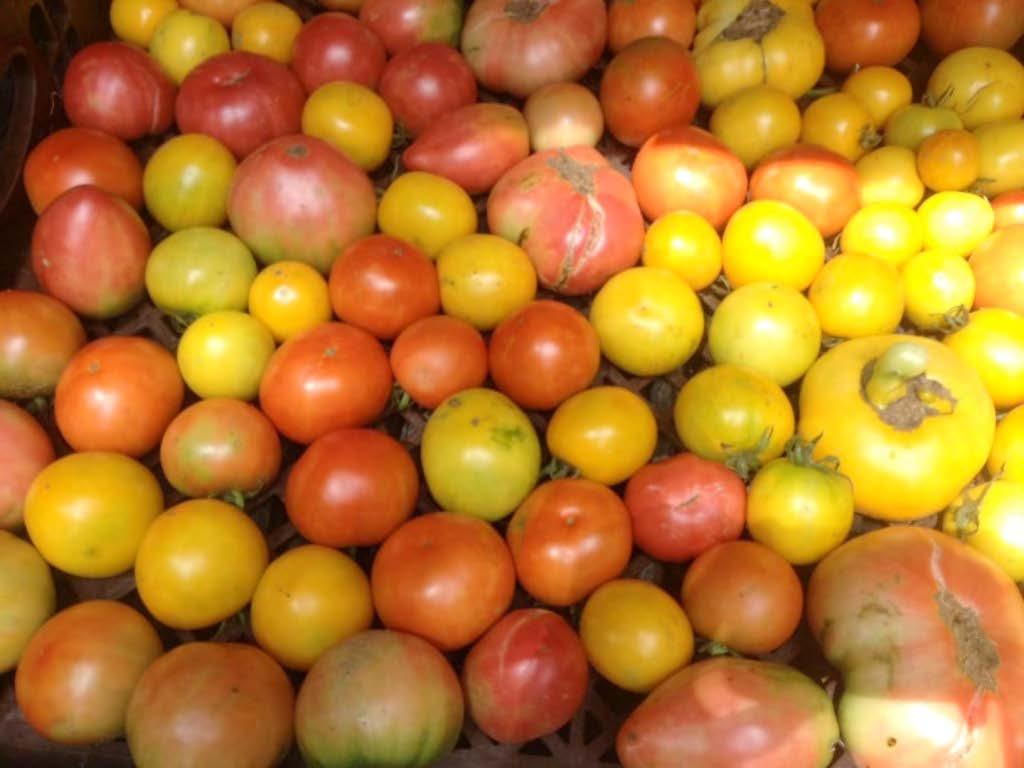

Community Involvement
–Deborah Vidal
“Our garden presently is housed on the property of a farmer who is not related to our project. He runs a farm where they raise chickens and turkeys. Our participants have been helpful to him by assisting with farm chores . One of the participants actually became employed by him on his farm. That’s another success.”
“The garden is not to be seen as an activity but also a means of an actual resource of employment and earning a living.”
Getting Started
–Deborah Vidal
“Don’t be intimidated by what you don’t know. If you have a desire to do it, with a little know how and help, you can. Don’t be scared to ask people to help. You don’t need that much expertise and that much space to get started.”
–Deborah Vidal
60
JEWISH COMMUNITY GARDENING RESOURCES
Chai V’Kayam—Pearlstone’s Curriculum Manual for Jewish Agricultural Manual
http://pearlstonecenter.org/curriculum-resources/
Hadran Alach—Pearlstone’s Jewish Sourcebook on land, agriculture, and sustainability
http://pearlstonecenter.org/curriculum-resources/
Hazon offers a number of resources, sourcebooks, and curricula on the topic
http://www.hazon.org/type/curricula-and-source-books/
Alumot—a Jewish Gardening Project—TEVA’s Jewish gardening manual
http://tevacenter.readyhosting.com/alumot/
Jewish Food Rules: Principles of a contemporary Jewish Food Ethic—Jewish Farm School
http://www.jewishfarmschool.org/jewish-food-rules/
Ginat Ha’Yeladim—Jewish early childhood garden curriculum developed by the Asheville JCC
http://www.jcc-asheville.org/index.php?EducationalGarden&category=programs
TEVA Learning Center’s compilation of Jewish, environmental quotes
http://more.masortiworld.org/JEWISH_ENVIRONMENTAL_QUOTES.pdf
Canfei Nesharim’s Year of Jewish Learning on the Environmental—source sheets
http://www.jewcology.com/content/view/Year-of-Jewish-Learning-on-the-Environment
61


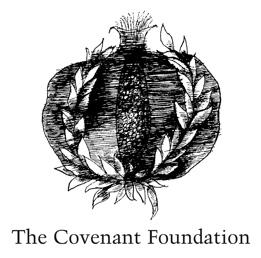

62 _ e Be in touch! garden@pearlstonecenter.org 410-429-4400 www.pearlstonecenter.org/zeraim
























































 Vogelstein
Vogelstein



















